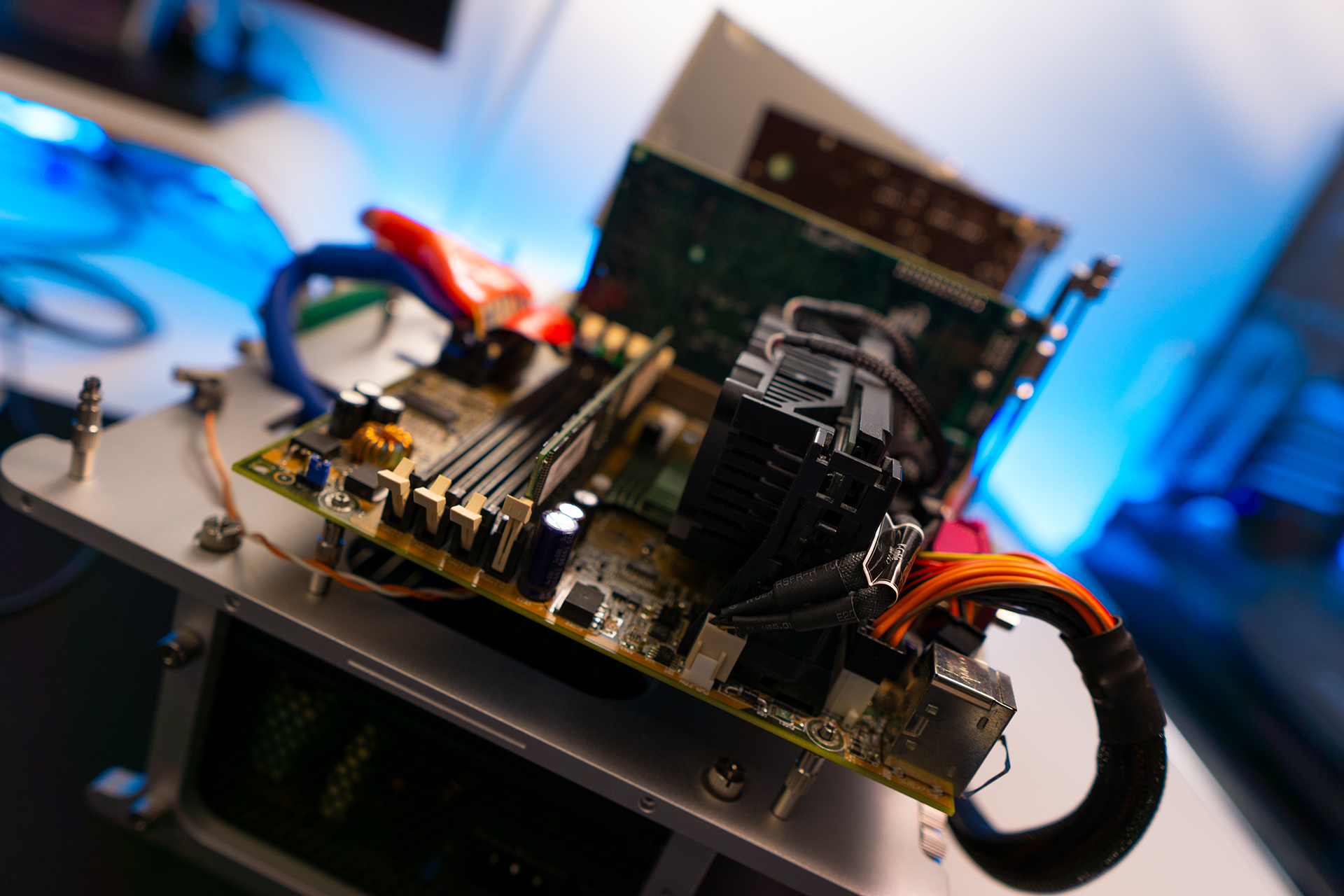
The 486
As you may have read in my first Hello World blog post, starting with this site required me quite some work, but now that I’m ready for the first project, from where do I start actually? Well, I decided to start exactly from the beginning and rebuild my first computer that I built with my young hands in autumn 1999, when I was 13 years old.
This in fact has been the first computer I built, but it was not the very first I ever had. My first computer was equipped with a blazing fast 486 DX4 100MHz my parents bought me (second hand) at some point in late 1997 and for which they paid a whopping $3000 (which equals to $5000 today, adjusted for inflation). The rest of the specs were:
- 8MB of RAM
- 1MB Advance Logic video card
- 800MB HDD
- Some sort of audio card
- CD-ROM
- Micro Tower
- Daewoo 14” Monitor
Now, if you know something about computer components of the 90s you may have noticed that this thing was already outdated in 1997 and not even close to the paid value; so yes, unfortunately we got somehow scammed (I guess unintentionally) by the family friends that sold this to my parents.
What makes me angry is that walking in any random electronic store and buying what they had even for “just” $2000 would have resulted in a ten times better deal, but unfortunately this is not what my parents did and the 486 is what I got.
Anyway, it didn’t took me long time to go from knowing pretty much nothing about computers to make them one of my biggest passion and interest, and accordingly realize that my 486 was completely inadequate to play any modern 3D game! It was not even enough to play mp3 files, stuttering every 5 seconds. Better not mention 3D acceleration
Imagine the frustration while all my friends, even the ones that had no clue about computers, were able to play Quake II, Need for Speed II, Unreal, Incoming and so on, with their Pentiums and 3D accelerated video cards, and I was stuck with that 486, barely able run Screamer in low-res (which at the time meant 320x240).
So, after almost two years of dreaming about a better configuration, looking at parts on PC magazines and building imaginary configurations I managed to convince my parents to let me sell the 486 and so I did! Thanks to a friend I found this family that was looking for the first computer for their son and I didn’t miss the opportunity: saved all my stuff on a bunch of floppies, clean installed Windows 98SE + Plus! (oh yes, remember the 8MB of RAM? …) and loaded it with any possible game that was able to run (along with some other apps) and brought everything to their place.
Now, apparently this computer arrival ended up being a big event for the whole family and I found myself explaining how to do things to that kid in front of his dad, mom, sisters, grandma, grandpa, and not sure who else, but I remember that the room situation was quite crowded.
Thanks God, other than the load of games, I also installed Office 97 and a crappy encyclopedia that came originally with the computer (this is how we used to research and learn things, before Internet) so I managed somehow to make the PC look useful for other things than just games!
I remember I was sweating but at the end of the “presentation” the family eventually approved the purchase for $1000 and I finally got the money for my new, long dreamed, computer! YES!
New Components
Took the money (adding also my little savings from Christmas and birthday) and here is what I managed to put together for the new build:
- ASUS P3B-F
- Intel Pentium III 450MHz
- 64MB PC100
- 3dfx Voodoo3 2000 AGP
- Quantum Fireball 6.4GB
- Creative Sound Blaster Live!
- No-Idea-which-model CD-ROM drive
- Midi “Pro” Case
- Philips 17” Monitor
This is what the project is about. Rebuilding that first computer and play the games I used to play on it in 1999-2000!
So, let’s go through the components I managed to find in order to match the original configuration, starting from the mainboard, the legendary ASUS P3B-F
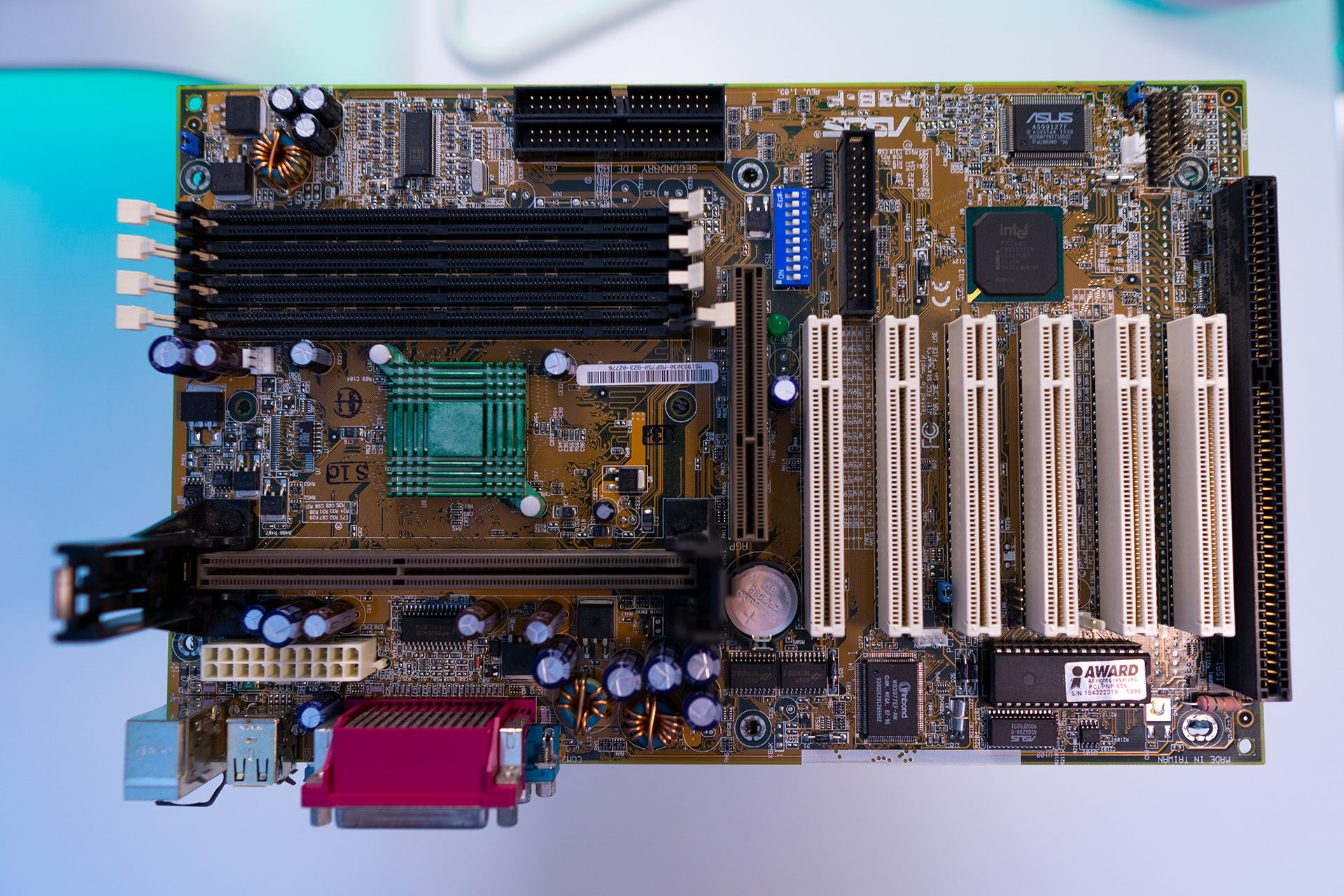

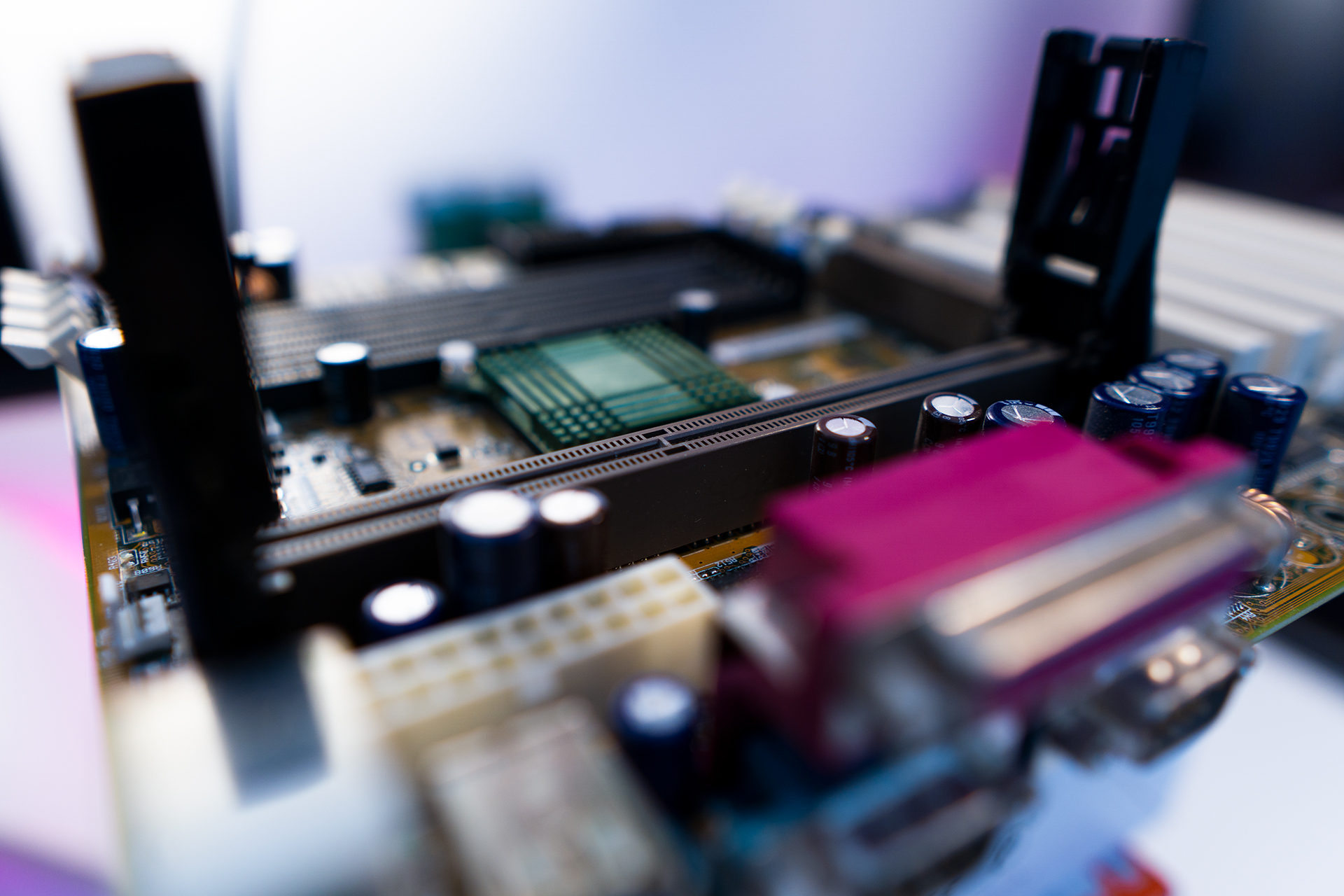
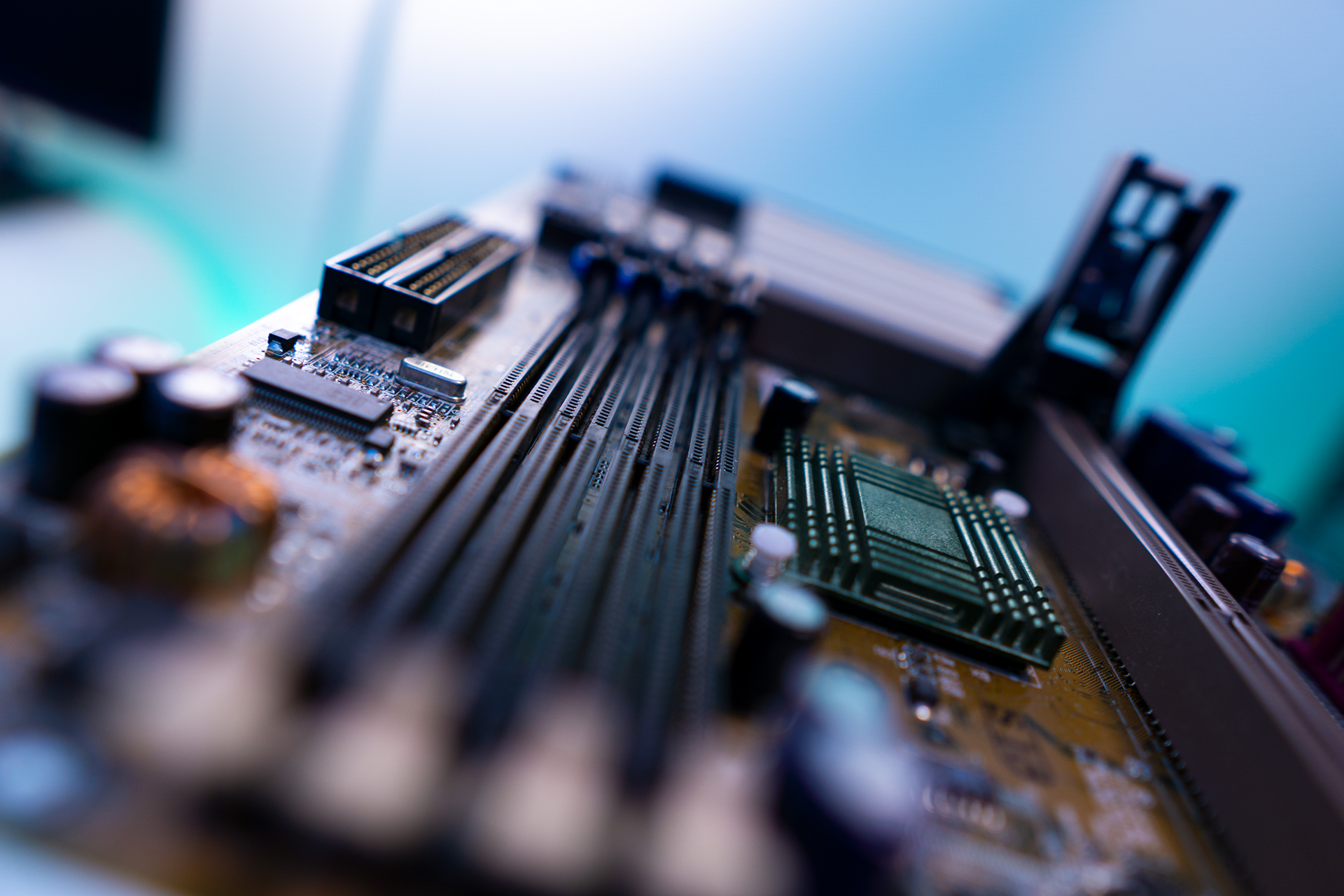
This board is well known by any PC enthusiast of the late 90s or nowadays retro hardware collectors.
It’s based on the intel 440BX chipset and supports Slot1 Pentium II and Pentium III processors, up to 133MHz of FSB.
The rest is pretty much standard for the era: AGP 2X, lot of PCI slots, two USB + PS/2 ports, two IDE connectors, serial/parallel and the floppy of course.
The CPU was the Pentium III 450MHz, the entry model of the third Pentium generation, based on the Katmai core, evolution of the latest Pentium II revision, Deschutes, which also had a 450MHz variant (subject for a future comparison maybe). Along with higher frequencies, the Pentium III brought SSE instructions (which we still have today, heavily evolved and improved of course) and some improvements on L1 cache; not much more if I remember correctly.


Memory. Here I cheated a little bit because for the revisited build I used 128MB of PC133 @100-3-2-2 instead of the original 64MB module. Not much more to add, except that I still have the original 64MB module I bought that day, and which is the only component, along with the video card, that I still own after more than 21 years.
The video card, which is somehow the star of the show, is the fantastic 3dfx Voodoo3 2000 AGP and, as for the memory module, survived for all these years and still works flawlessly!
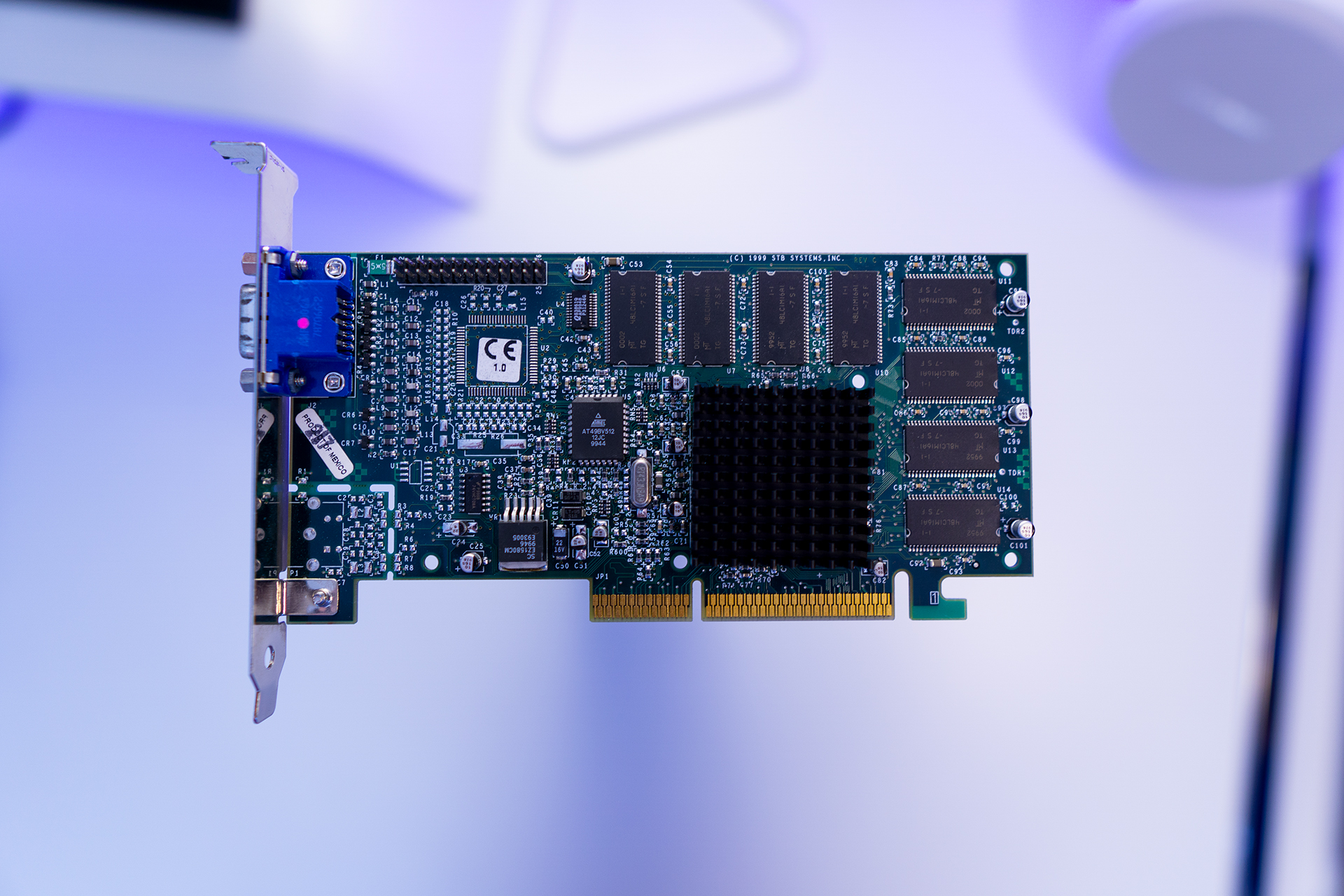

It’s not that she didn’t went through some hard times: when I decided to replaced it, since I wasn’t able to afford the new card and keep the Voodoo3 at the same time I had to sell it and use the money for the new one and so I ended up selling it to one of my friends: I still remember his crowded, zero ventilation, midi tower full of stuff, cables, dust, where my little Voodoo somehow survived for years before I eventually bought it back from him.
Back in my possession it was not over, at some point I decided to see how much it can be overclocked with proper cooling and I incredibly managed to clock it up to 192MHz/192MHz (Core/RAM), which is very high for this model (the 3500TV is clocked at 183/183, for reference). The result is especially impressive for the 7ns memory modules, rated just 143MHz!
Honestly, although I was tempted, I didn’t had the courage to check if it still can reach/keep that frequencies today, but it worked like a charm for many hours at stock speeds during this project and that’s what really matters now.
The hard disk is another component for which I had to diverge a little bit from the original model: I used an 8 GB SLC Compact Flash along with a brand-new (still sealed) IBM/Hitachi Deskstar 41GB for that true, retro experience, possible only with the magic creepy sounds coming out of spinning disks!
The sound card doesn’t need presentations, possibly one of the most famous audio cards of all times, the Creative Sound Blaster Live! is a fantastic choice for the era, capable to provide EAX effects and widely supported by games, worked perfectly!
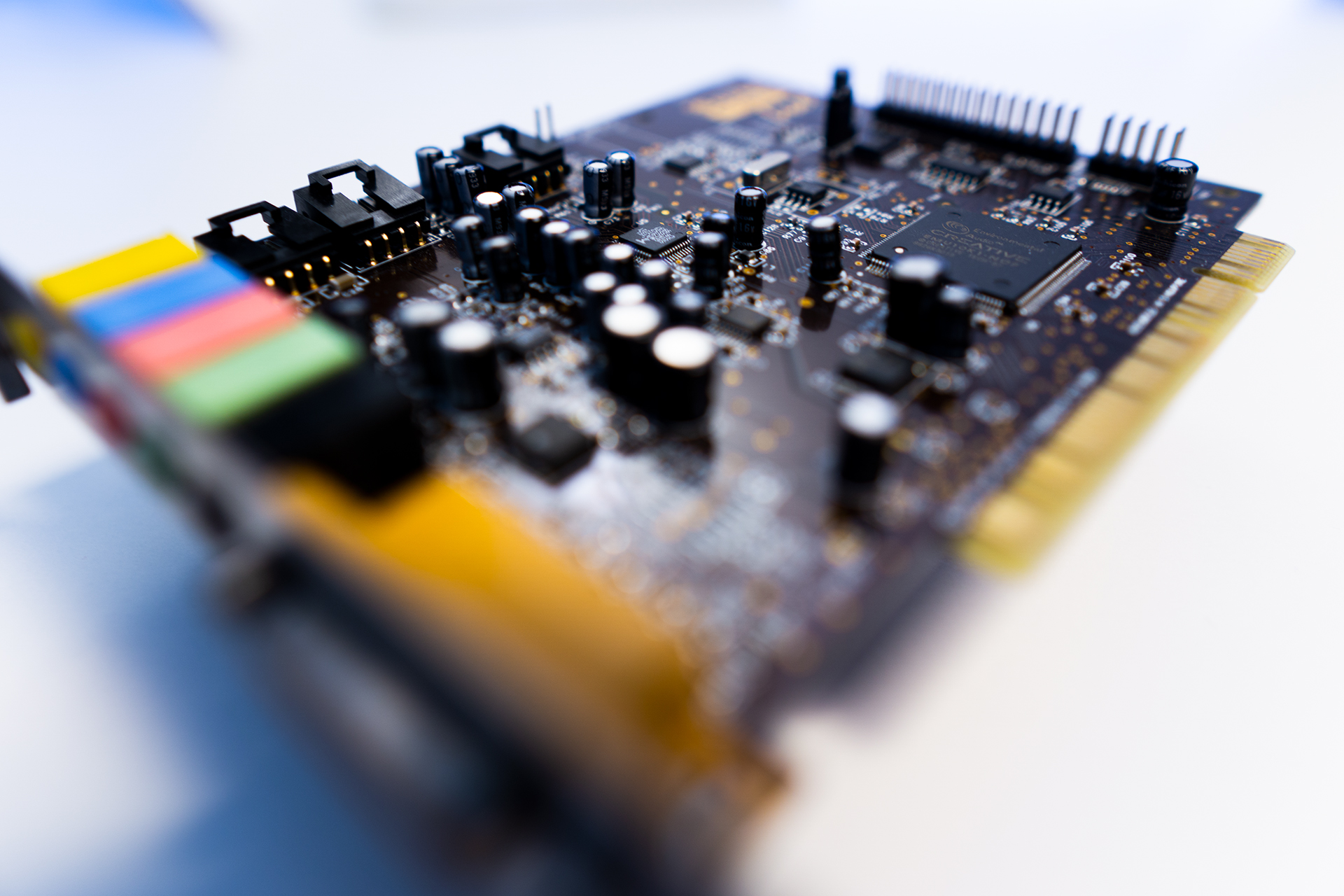
And that’s it for the components. Ah yes, the optical drive; well, since I forgot what I had at the time, and it doesn’t really matter for the retro-experience I decided to use my preferred optical drive of all times, the Pioneer slot-in!
The Complete Build
To put everything together I used the Streacom BC1, not very retro style but absolutely fantastic; this thing isn’t cheap but if you need to test lot of components or put together various configurations (and I really do) is perfect. Love it.
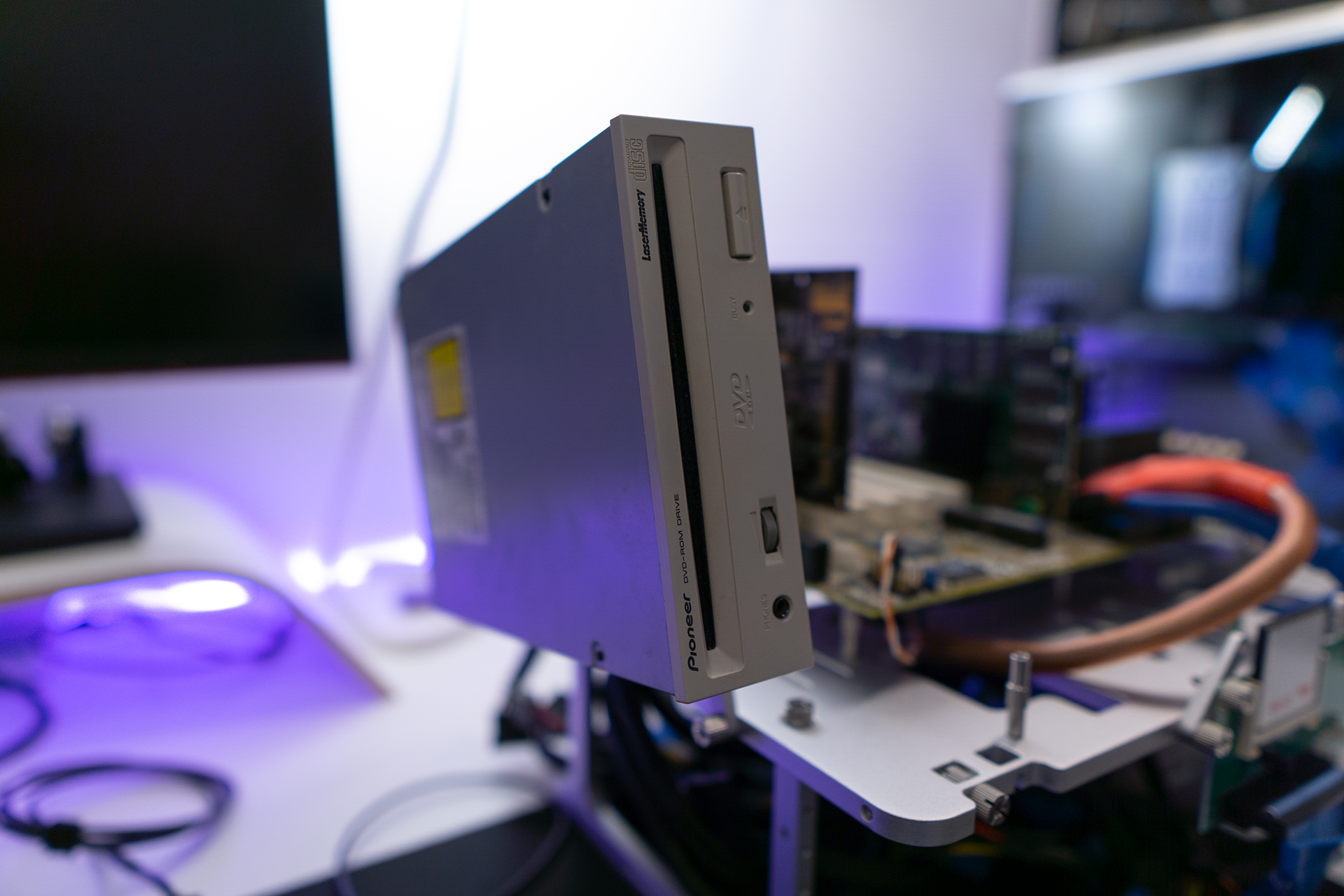
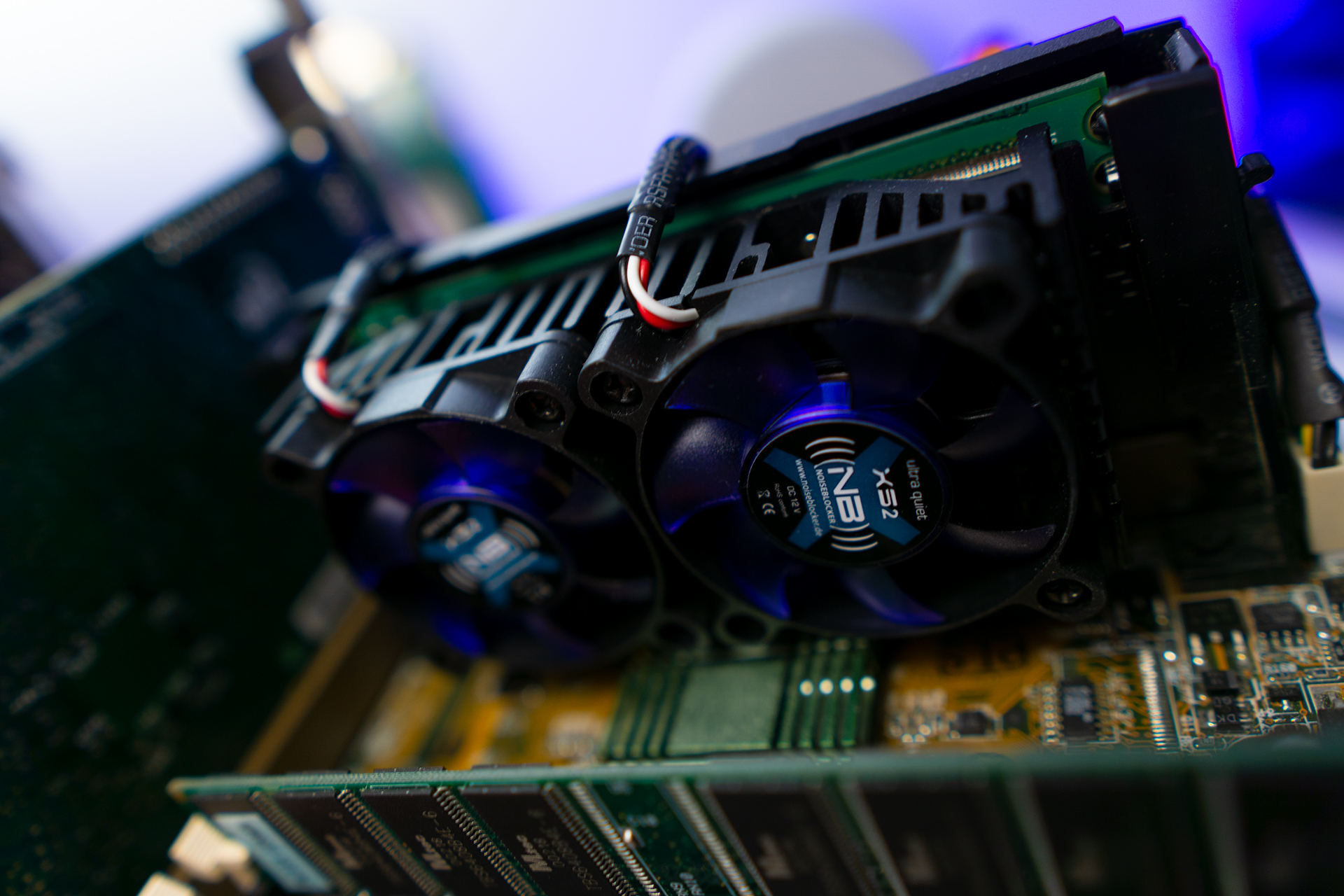
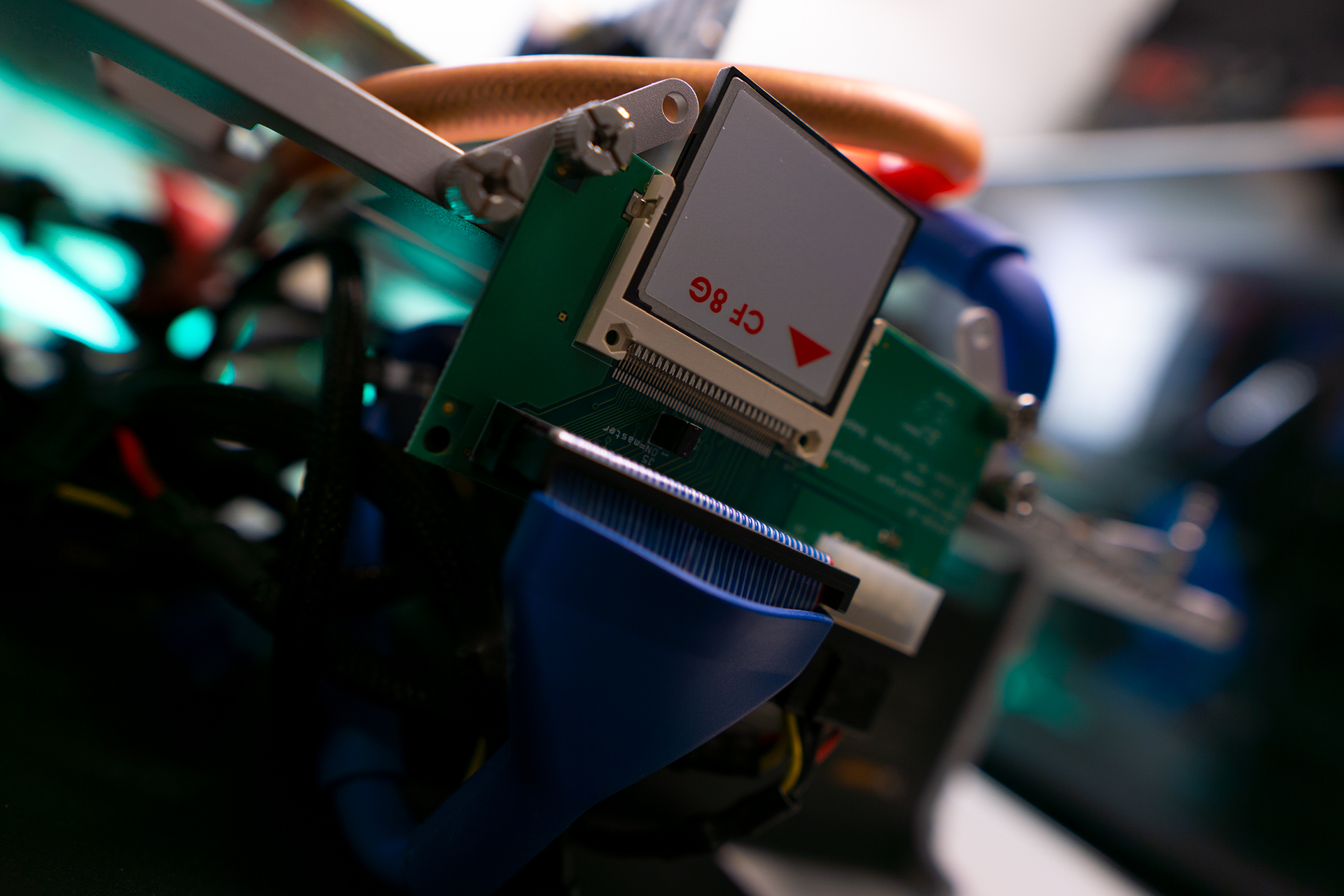
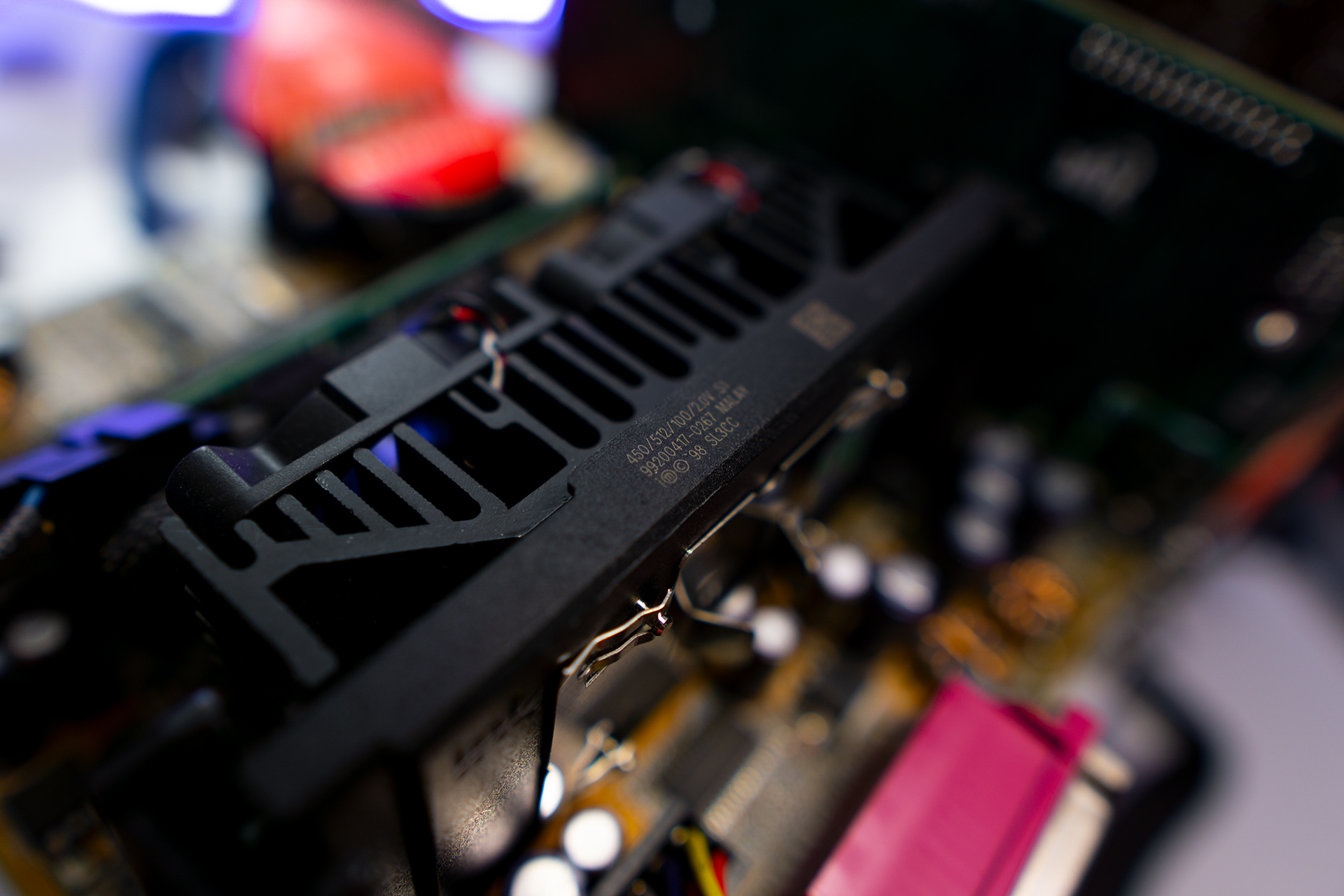
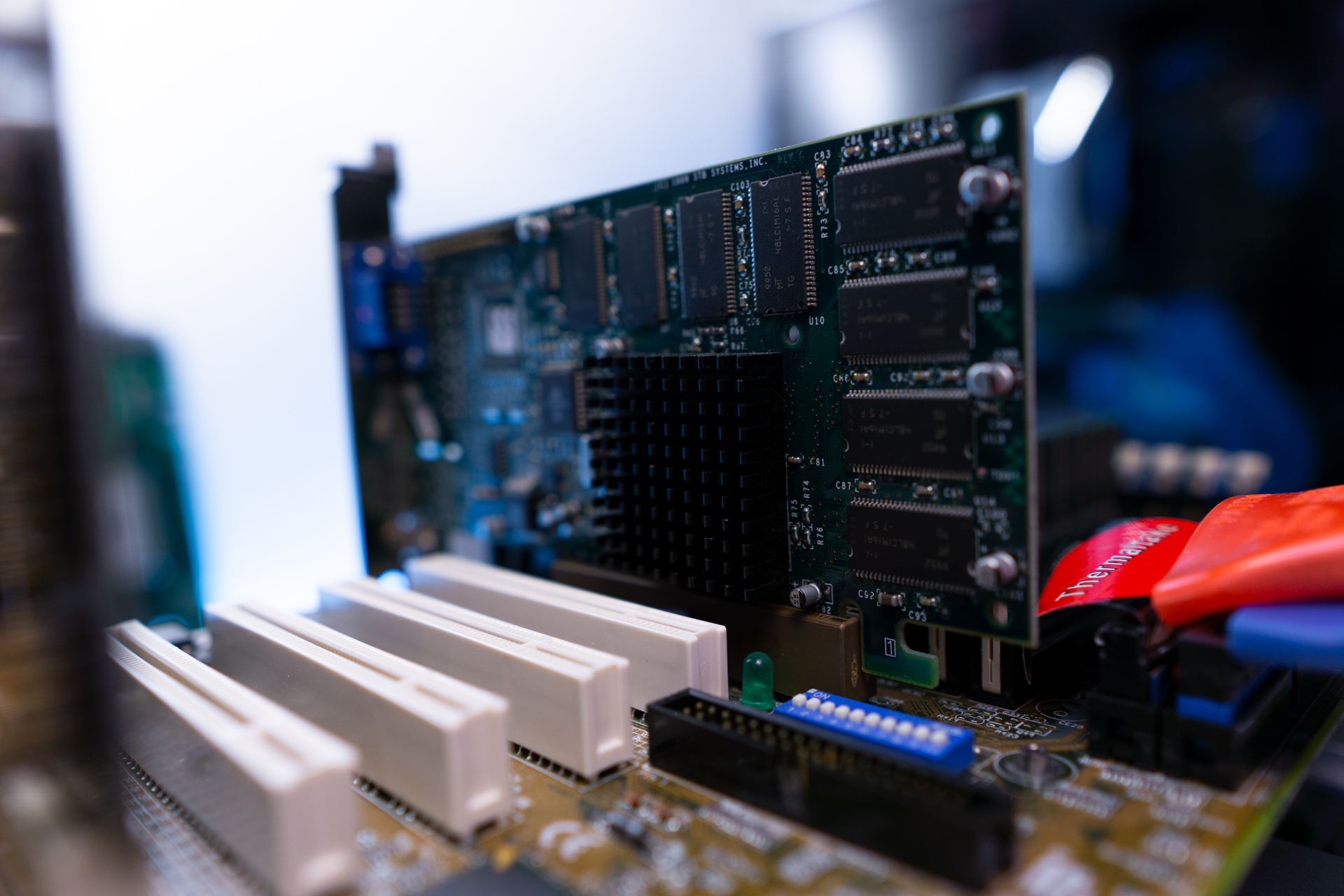
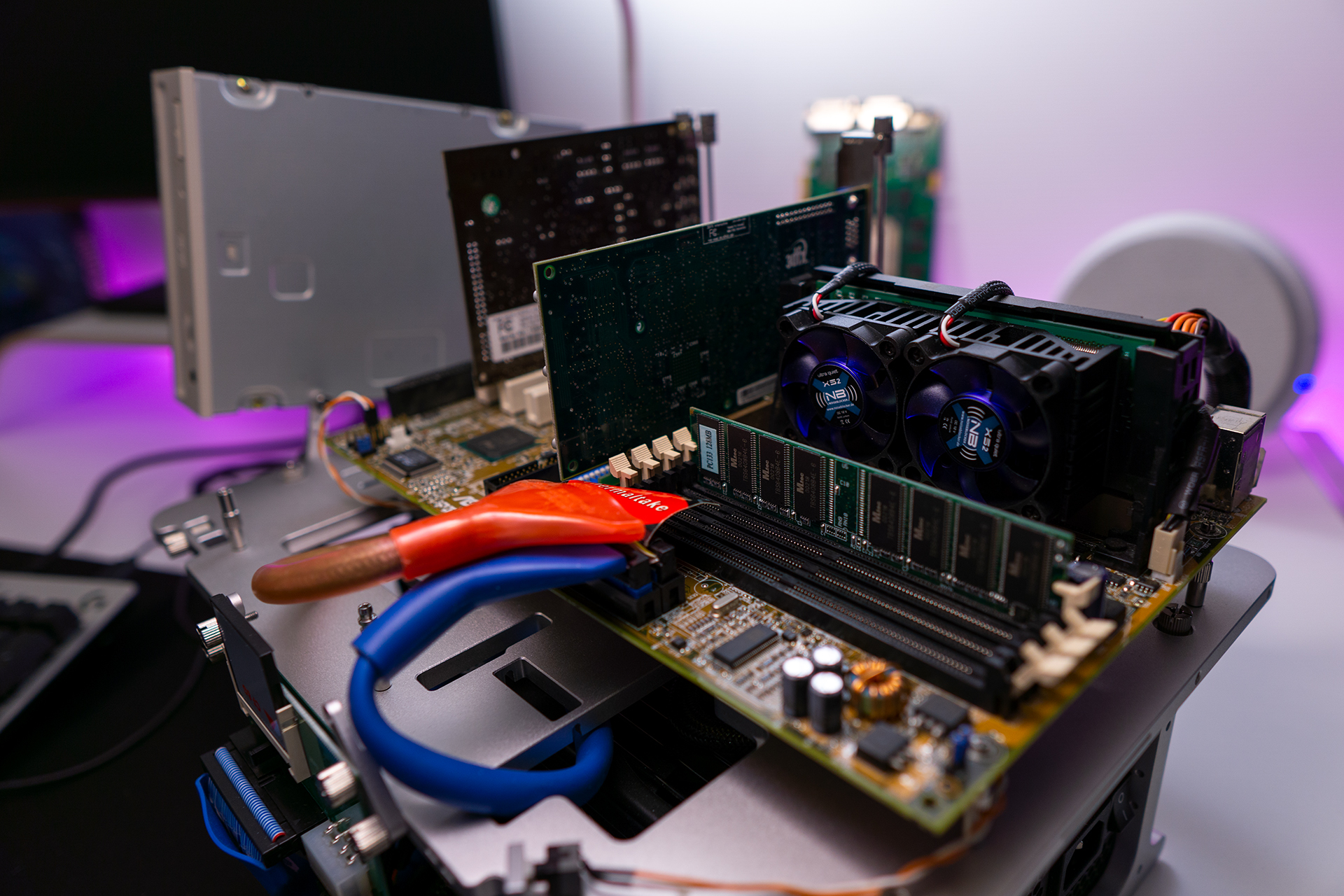
After the assembly, and a quick BIOS configuration, I started the Windows 98SE installation, which obviously resulted in a lovely BSOD during the “peripherals detection” due to some vague “VXD” error. That’s how every serious retro project starts, right?
After a few debug iterations I realized that the board was running a very old version of the BIOS, possibly the original one that came out of the factory, because it was not even listed on the ASUS website (btw, even if I have local copies for all my boards since long time, ASUS still has all the drivers and tools for 20+ years old motherboards, really remarkable!)
So I burned all the 155KB of the new BIOS to a CD-RW, booted the computer with CD ROM support from the Windows 98SE disk and updated the BIOS to the latest beta (because BIOS upgrade process itself, on a 21 years old and rare/valuable mainboard, was not exciting enough, of course!) and after the required restart, Windows 98SE installation worked perfectly! Yey!
The driver installation worked flawlessly, except a few unclear reboots required to the Live! to get properly detected, the Voodoo3 and the P3B-F had no issues. For the Voodoo I used the latest official release (1.07.00).
Playing Games!
And now time for some games finally! What I did here is to imagine what would have been like to be in late 1999 / 2000 and playi the games of the time, with the setting I used back then, to revive the same experience. For all the games I used the 1024x768 resolution because I remember that after all the time spent playing at 320x200 with the 486 I really wanted to enjoy some “high resolution” beauty, even if it meant sacrifice few details or frames per second here and there. Also, at the time the concept of smooth gameplay was a little different from today. Playing at 30-40fps was much more acceptable than nowadays, at least it was so for me.
The first game I installed had to be Unreal Tournament, one of my favorites of all times; when I managed to get an Internet connection (later in 2001) I played also in an “official” clan for some time, remember that having around 112ms of ping, I had to shoot keeping in mind the connection latency, what a magic times!
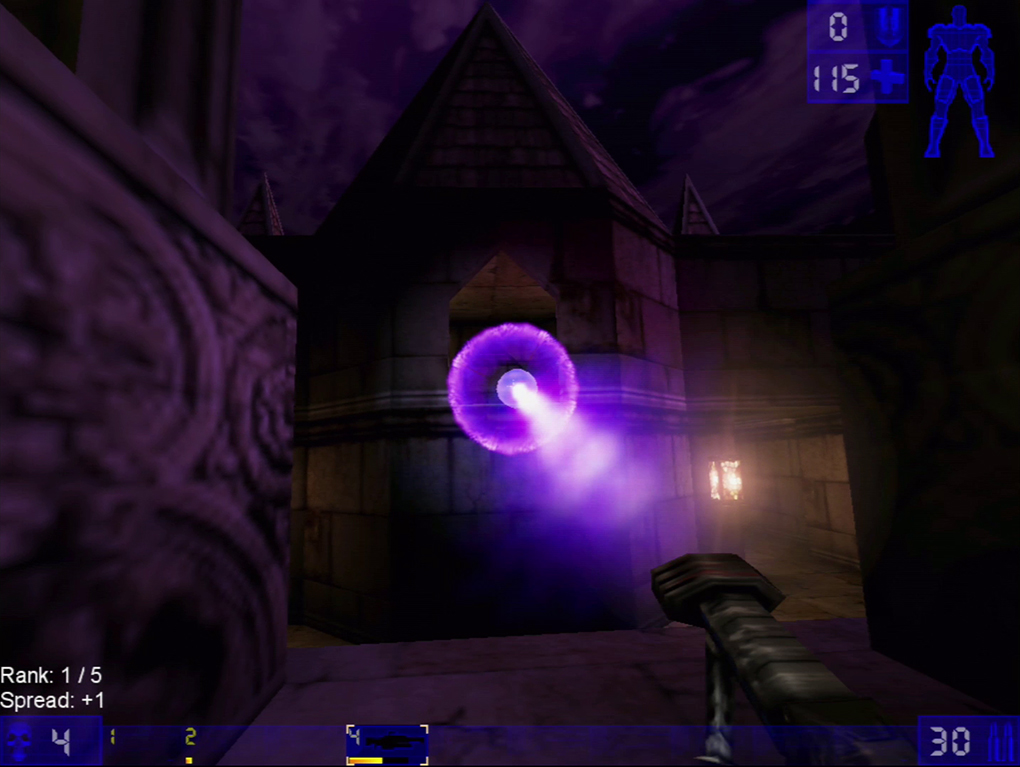
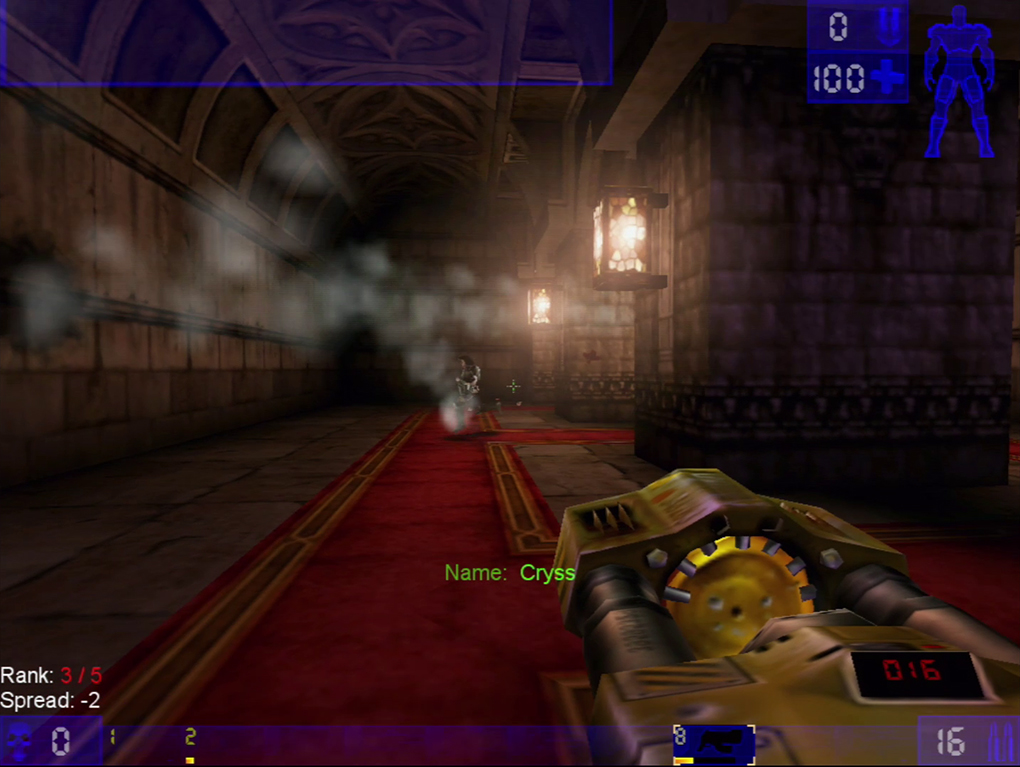
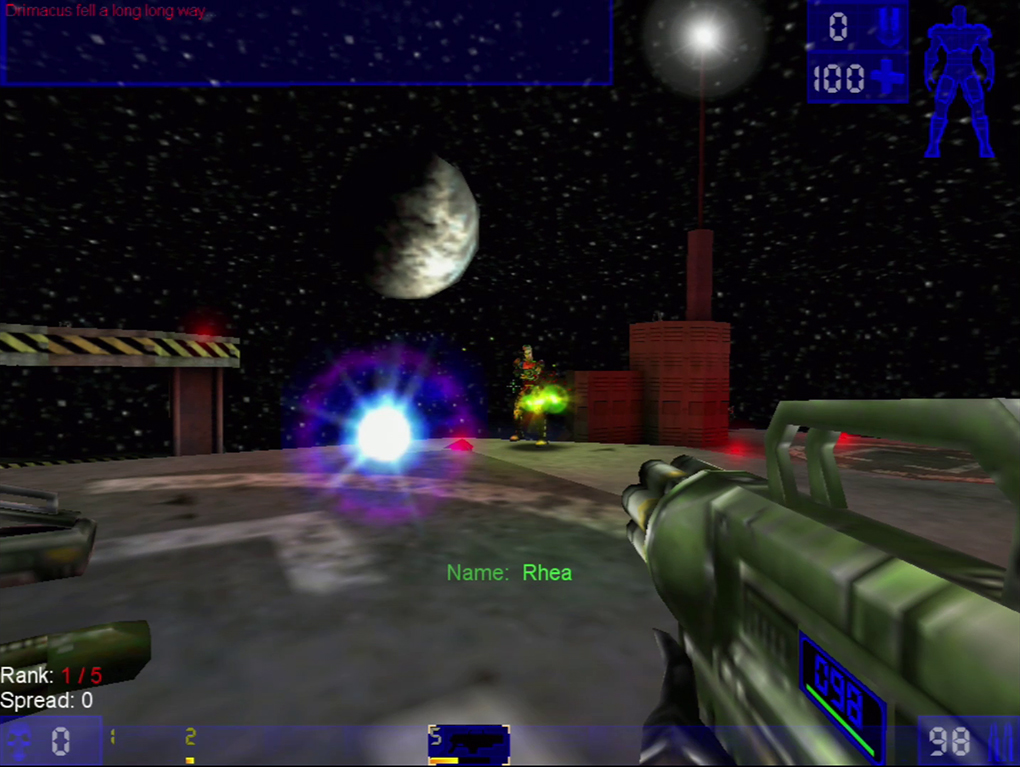
Back to the game on this system, it worked nicely with medium details and never noticed slowdowns that affected the gameplay.
After Unreal Tournament I went straight to Quake III Arena, another of my favorite FPS games of all times; never joined in clan or anything like that but I played it a lot offline versus bots at “Nightmare” difficulty and also at home LAN parties with friends.

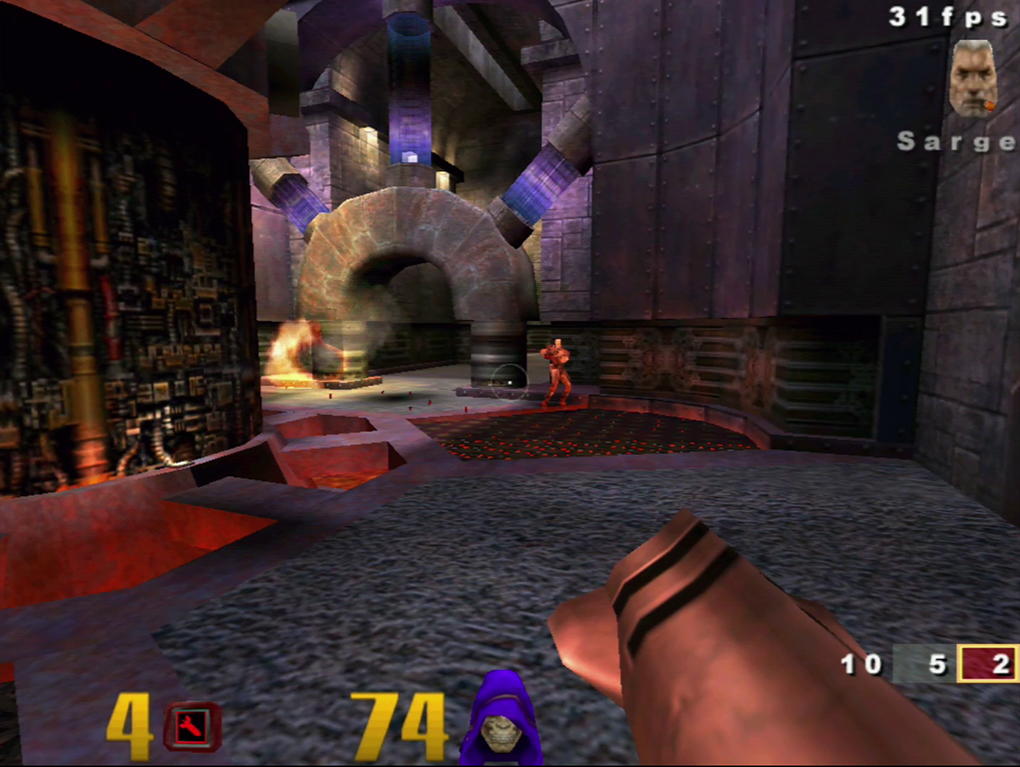
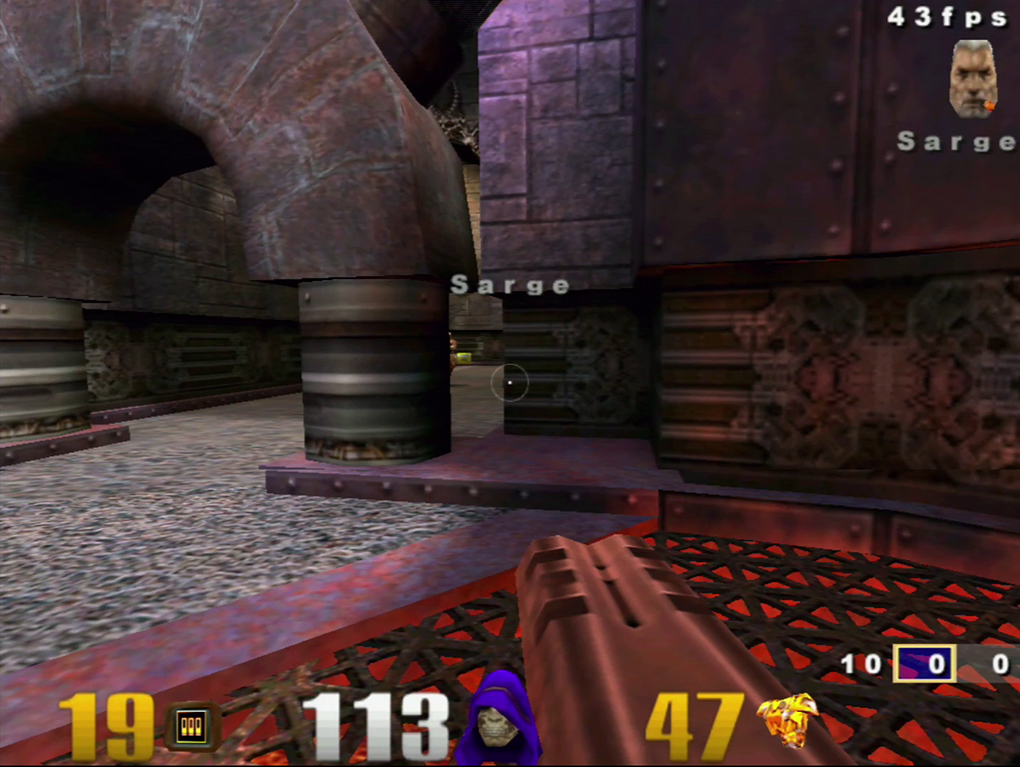
I set the game to “normal” preset and performance was “good enough”, some slowdowns here and there, exactly as I remember, but still plenty for having genuine fun!
Now time for some racing! The first I tried (and also one of my favorite of the series) was Need for Speed Hot Pursuit; the colors, the sounds, this game is simply fantastic, no idea how much time I spent on it in 1999, this game is a milestone in PC racing videogames!
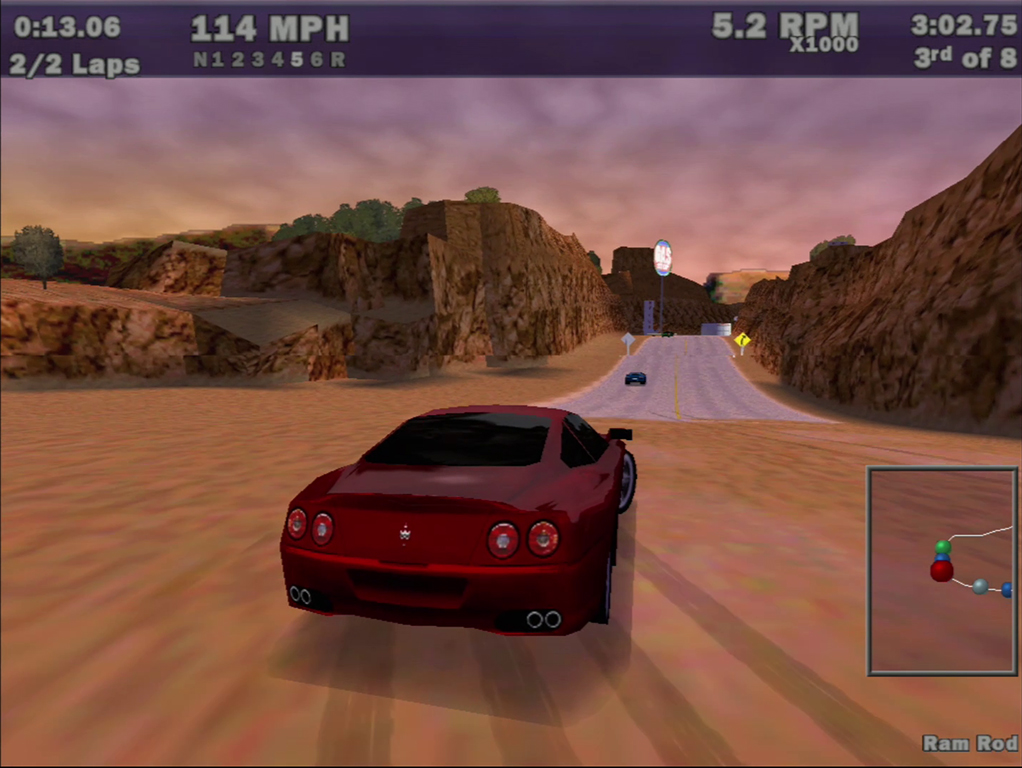
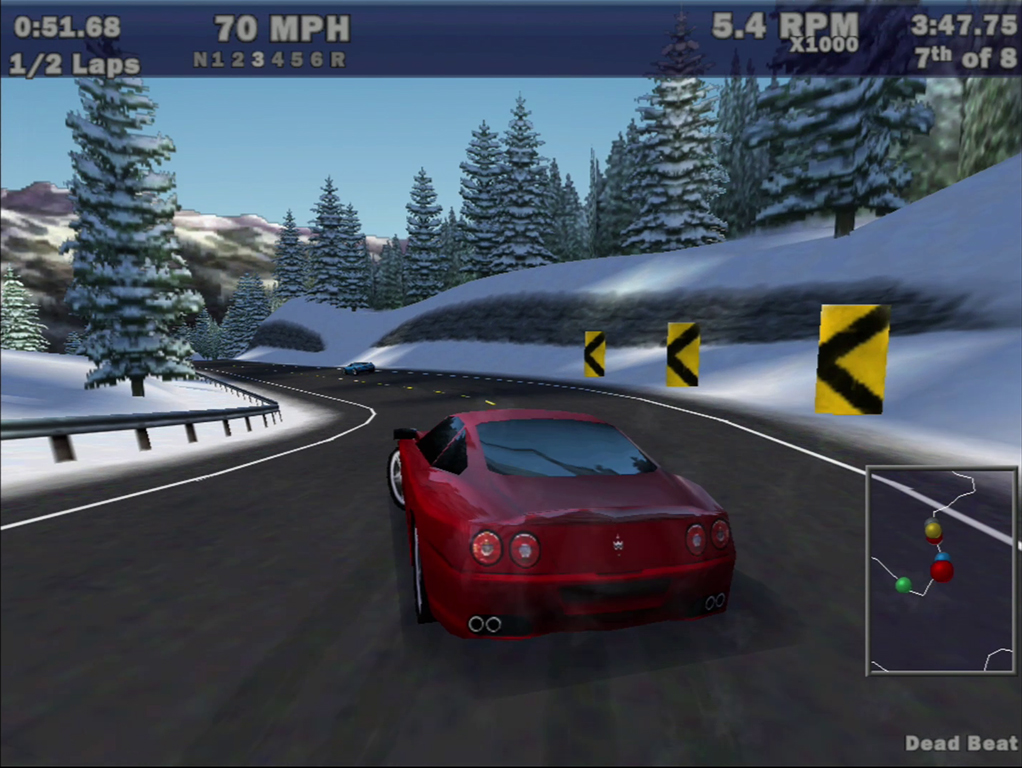
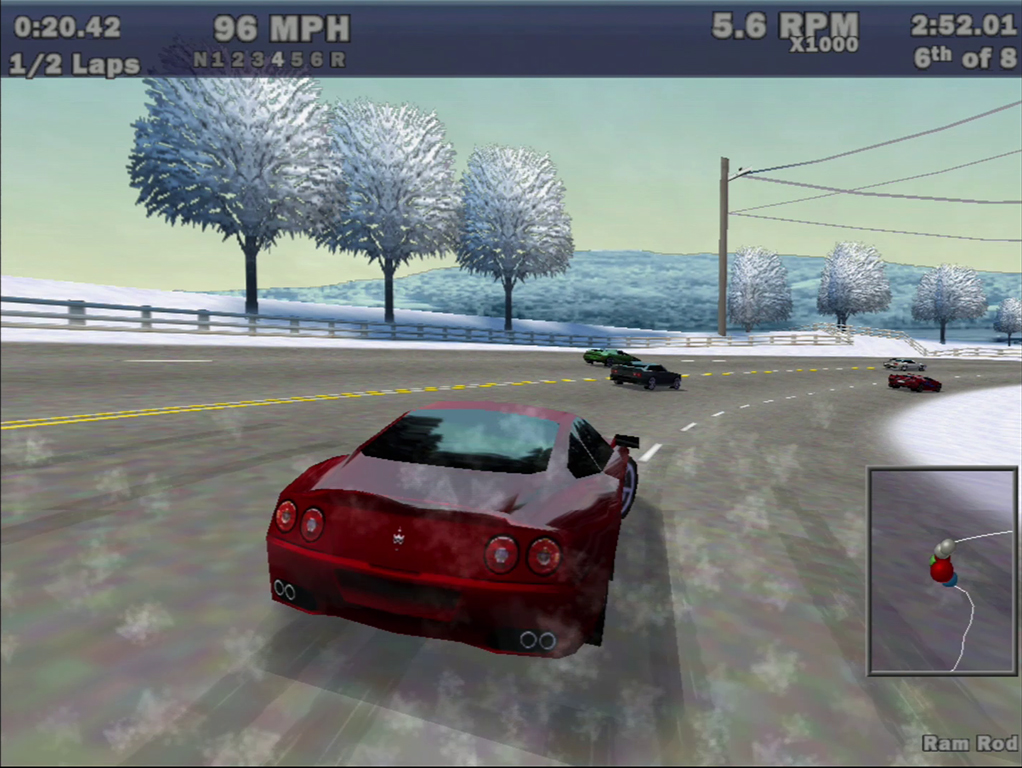
Performance wise, it was able to run perfectly at full details, I saw slowdowns only with rain and smoke together, probably too much stuff on screen for the Voodoo3 (or the Pentium III? Uhm…).
Since I was not able to find my Need for Speed High Stakes CD, I went straight to Porsche Unleashed.
This game is somehow slow and has some crazy physics but I like it, played it a lot both with the Voodoo and with newer cards.
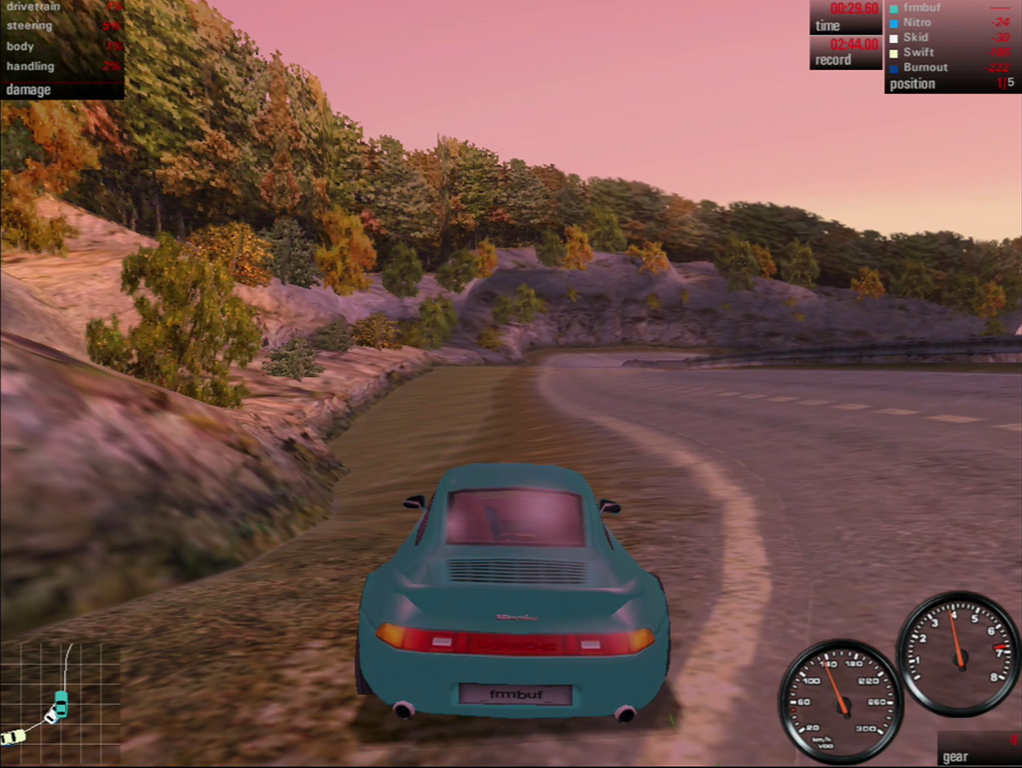
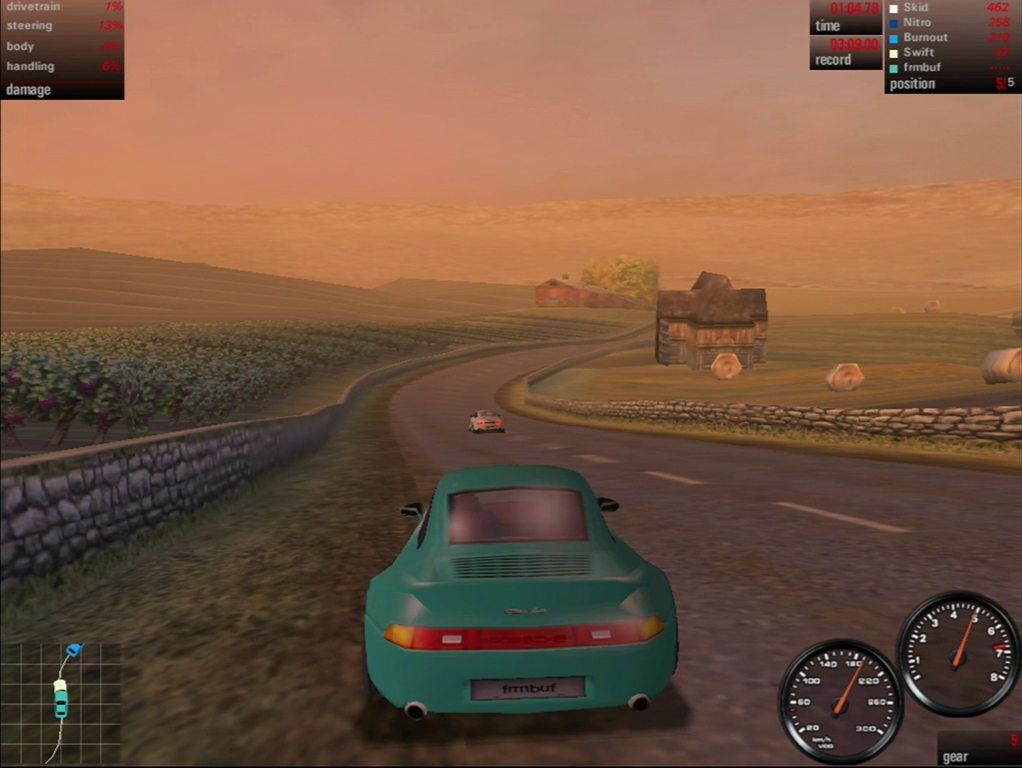
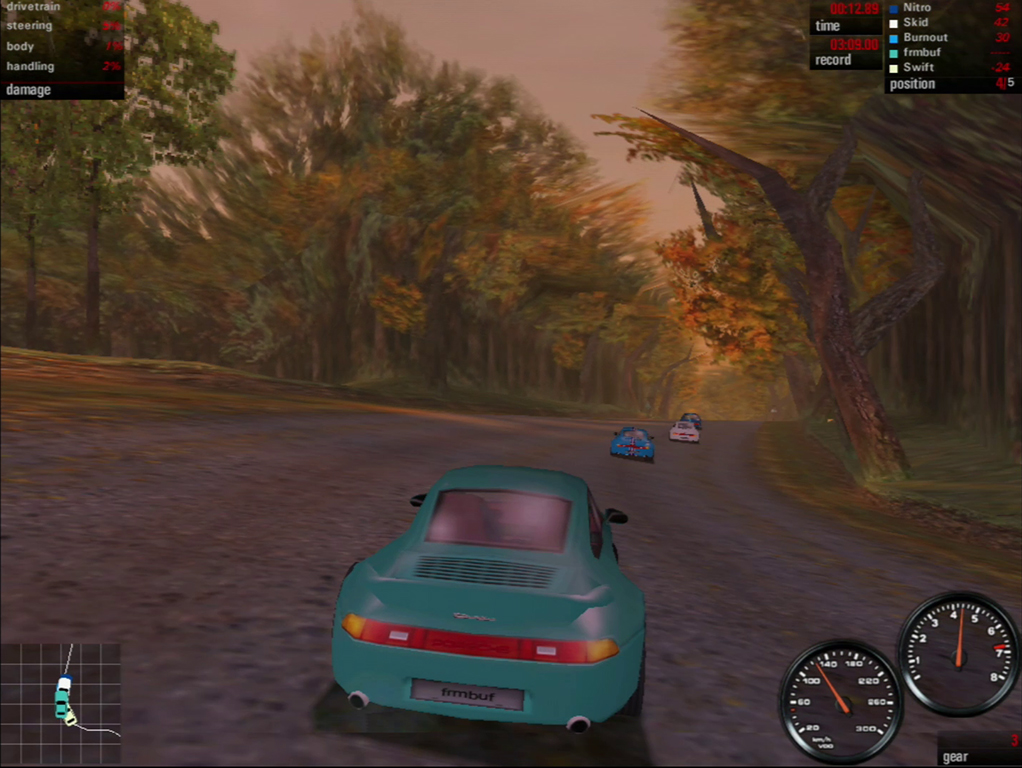
A little too much in full details for the Voodoo3, I managed to run it at playable speed only with medium details.
Remaining in racers category, I installed Re-Volt, a little less famous maybe but very nice game. It’s really fun but also quite difficult to master: every time I go back to play it, it requires me some time to get used to the driving model, it’s basically Mario Kart hardcore edition, I really like it today as 21 years ago.
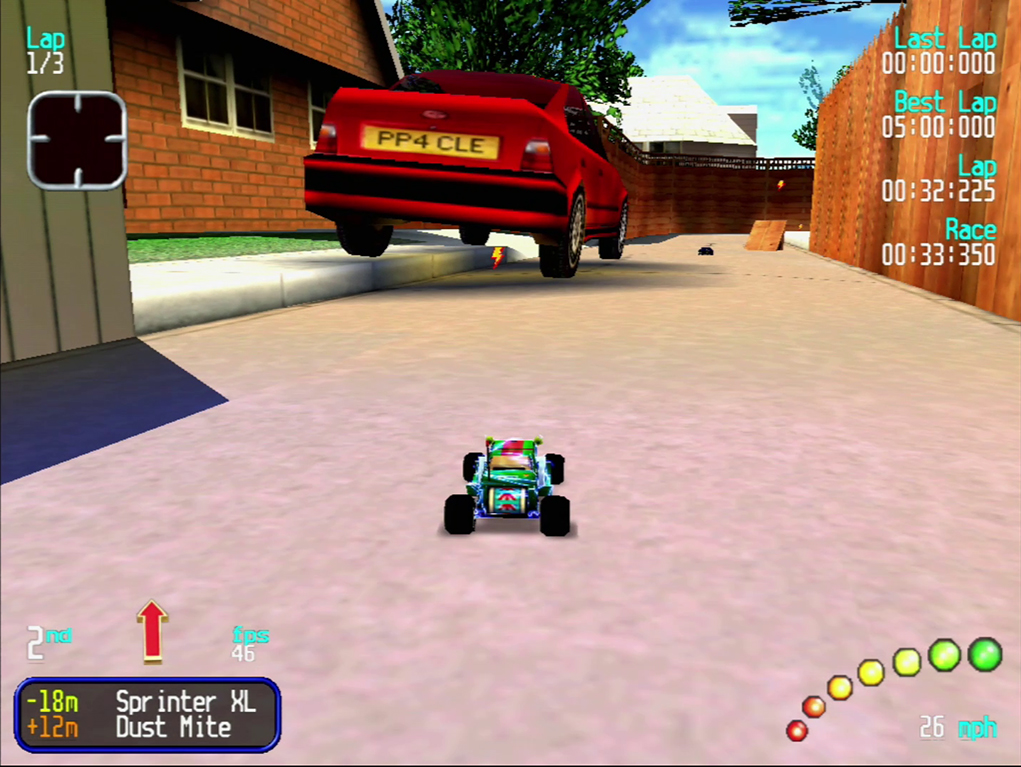
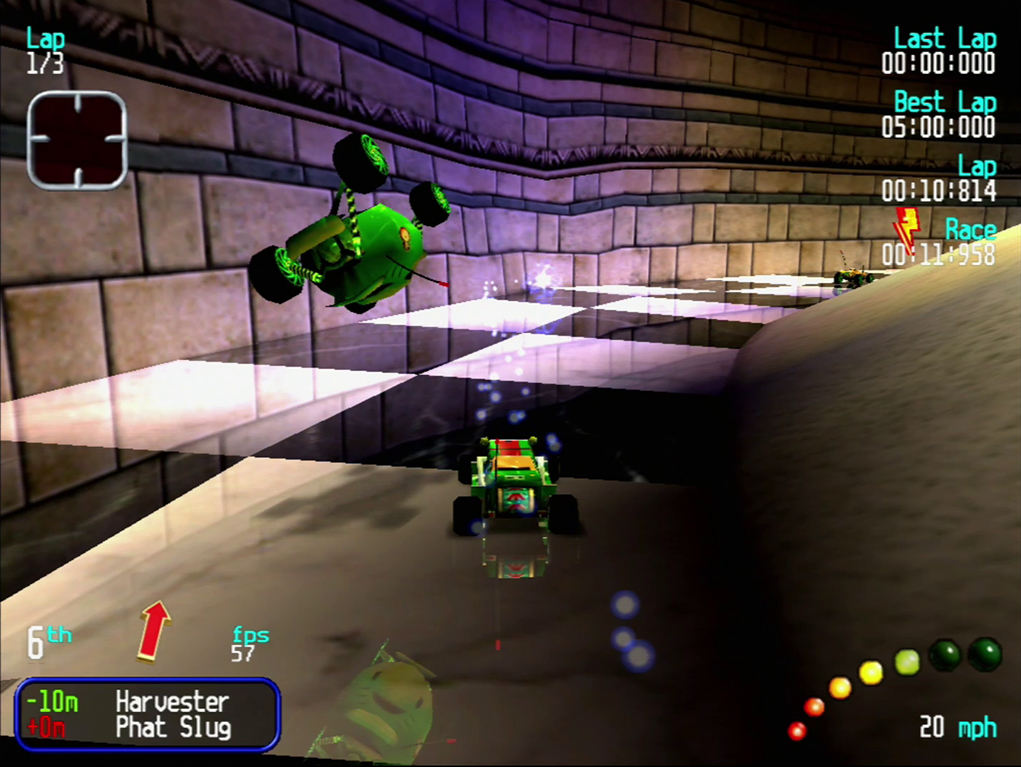

On performance side the system was able to handle it perfectly fine with full details between 40 and 70 fps
The last game with cars I tried is Driver.
I remember that I spent a lot of time playing the demo of this game, which I remember had some sort of timer, not sure if I managed to disable it eventually or what, but have not much memories of the full game though.
Anyway, I spent again few hours on it and had lot of fun, it’s like GTA III with crappy(er) graphics and just the driving mode :-)
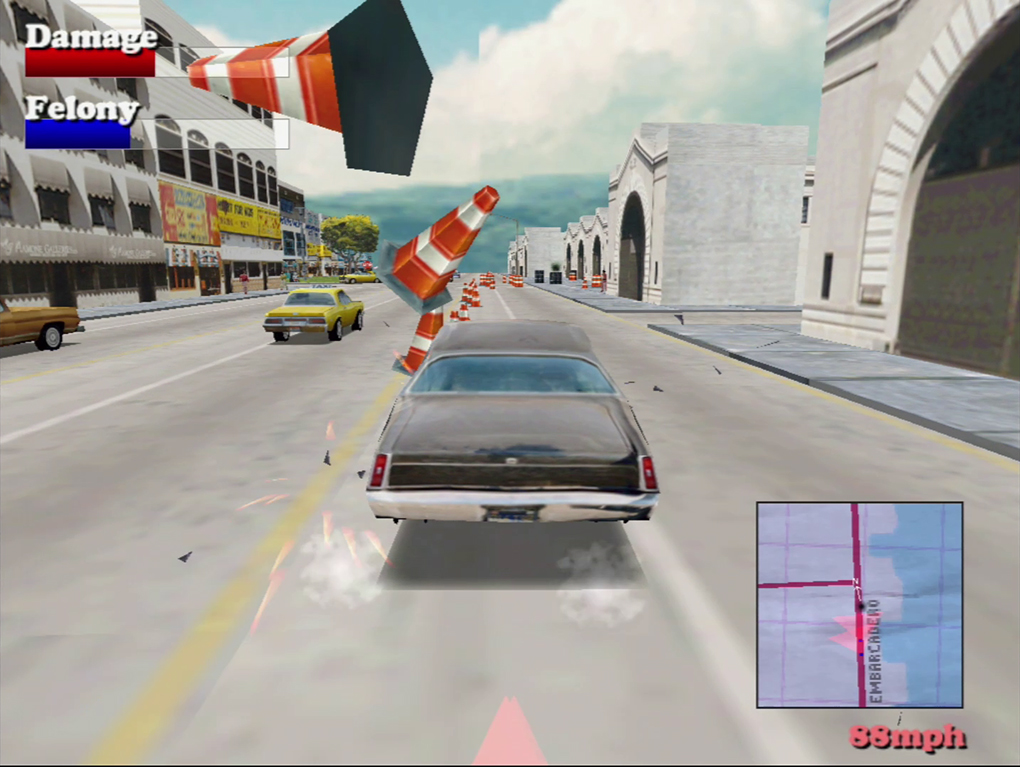
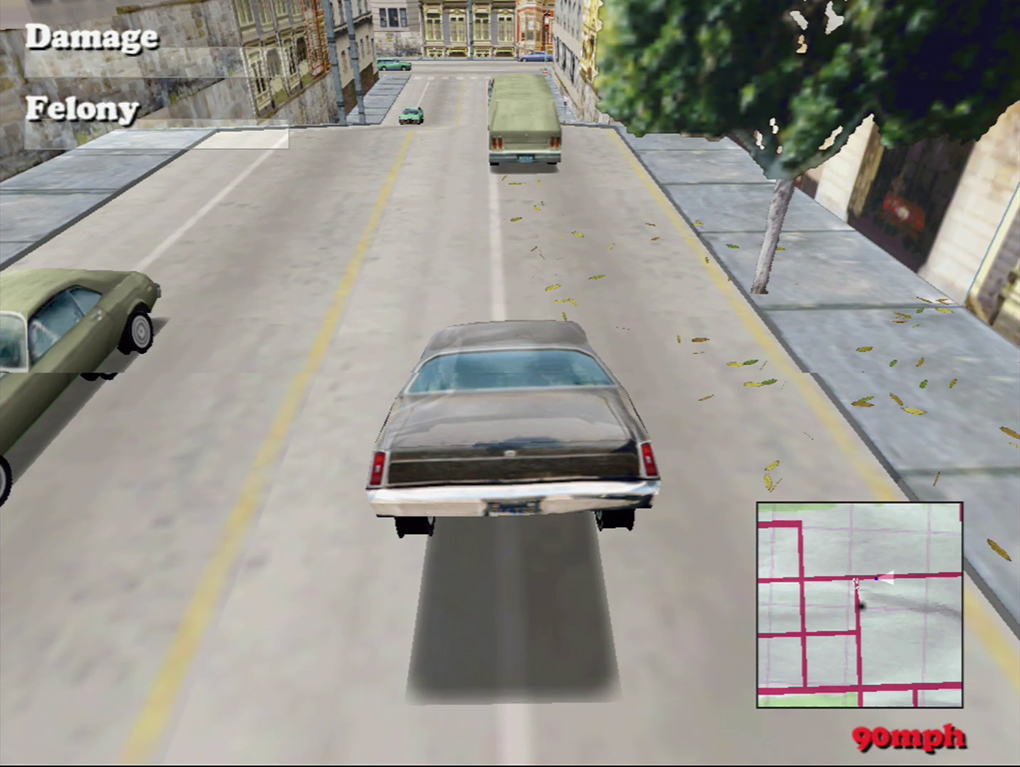

Regarding performance it went smoothly with medium/high settings
Time to switch genre, time for some Tomb Raider: The Last Revelation.
I remember playing this a lot, almost managed to finish it but got stuck somewhere near the end and never concluded the adventure, which by the way, at least based on my memories, was not always straight forward.
This game is not like modern Tomb Raider which is almost an interactive movie, where you occasionally have to press a button and the game plays pretty much autimatically, here you have to think and do things all by yourself, how crazy!
Anyway, I gladly played through the training and the first levels.

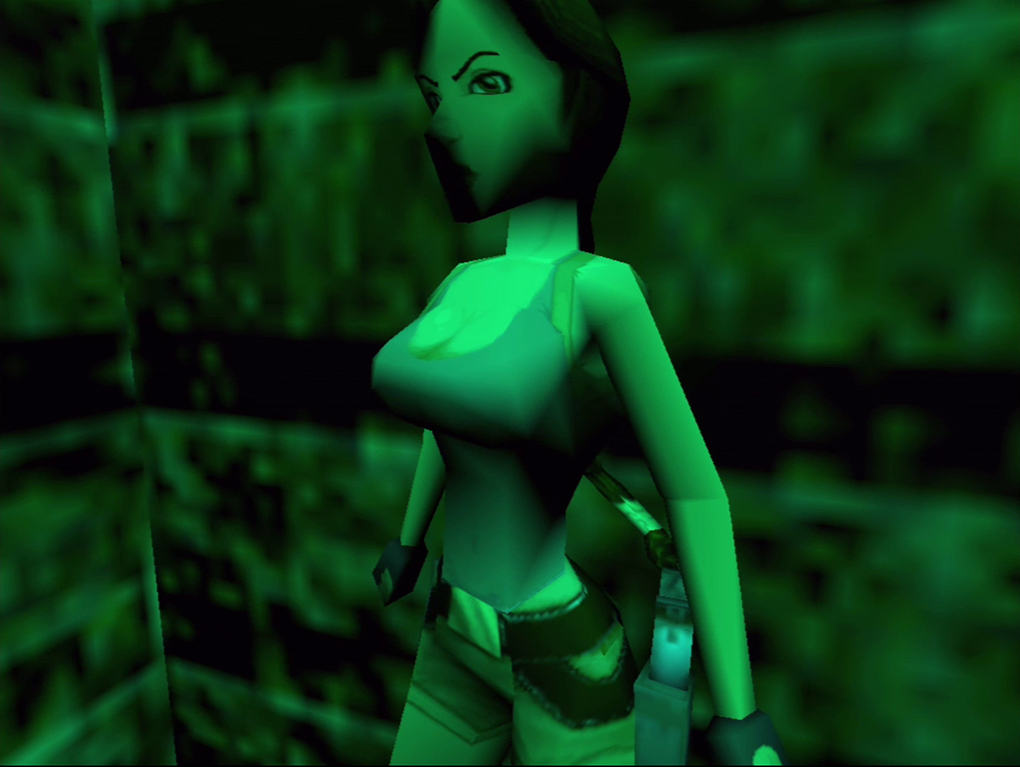
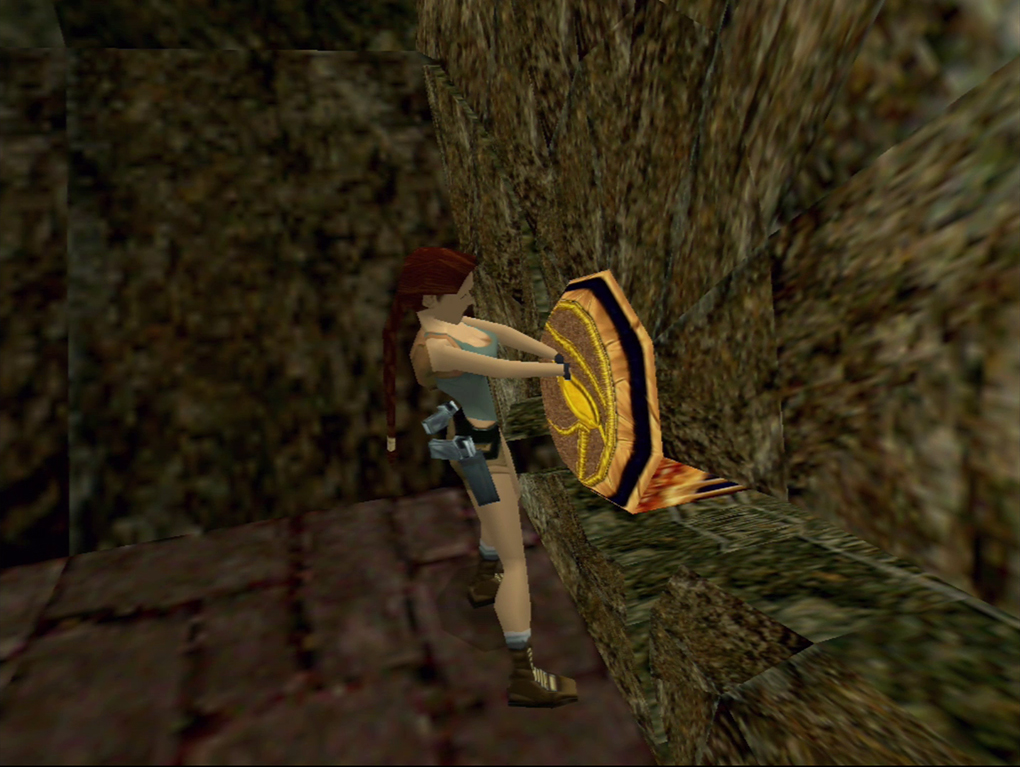
There were no issues at max details
The next game I tried was once again one I played for long time, I remember it took me a while to get going but then, man! I’m talking about Tony Hawk’s Pro Skater 2.
When you start you feel completely incompetent but after some time it just clicks and you start doing crazy stuff. Really worth going back and playing it!
In 2020 they did a remake, I haven’t tried it yet but will do it eventually (thing is that my list of modern games to try/play is getting longer and longer…)
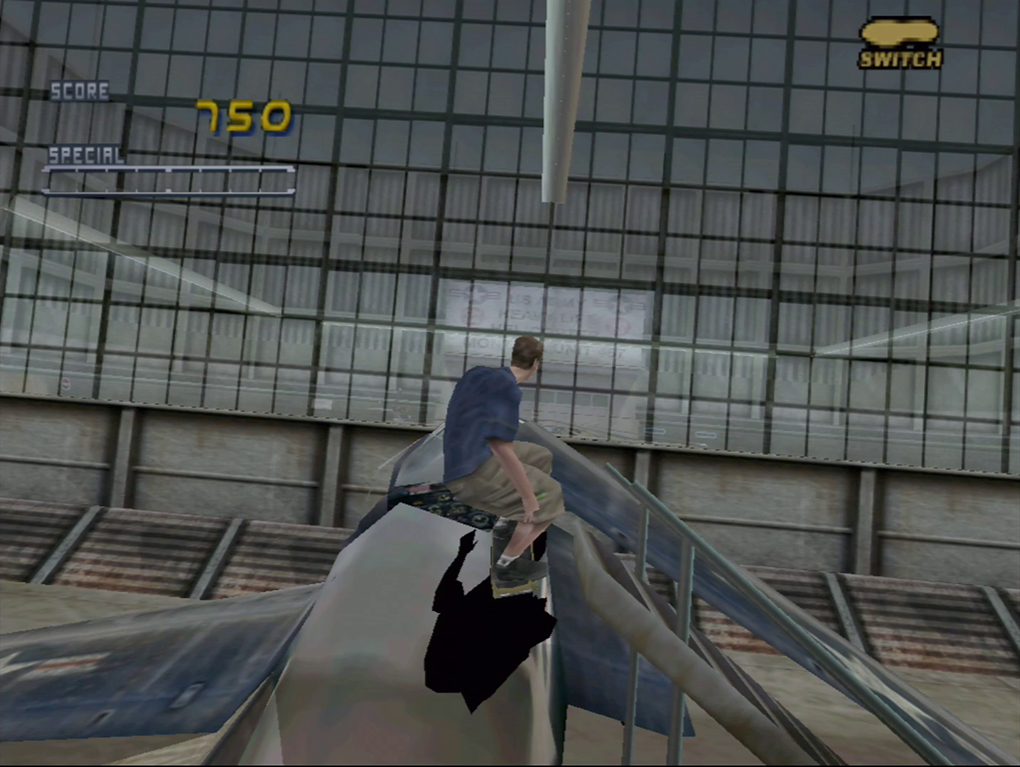
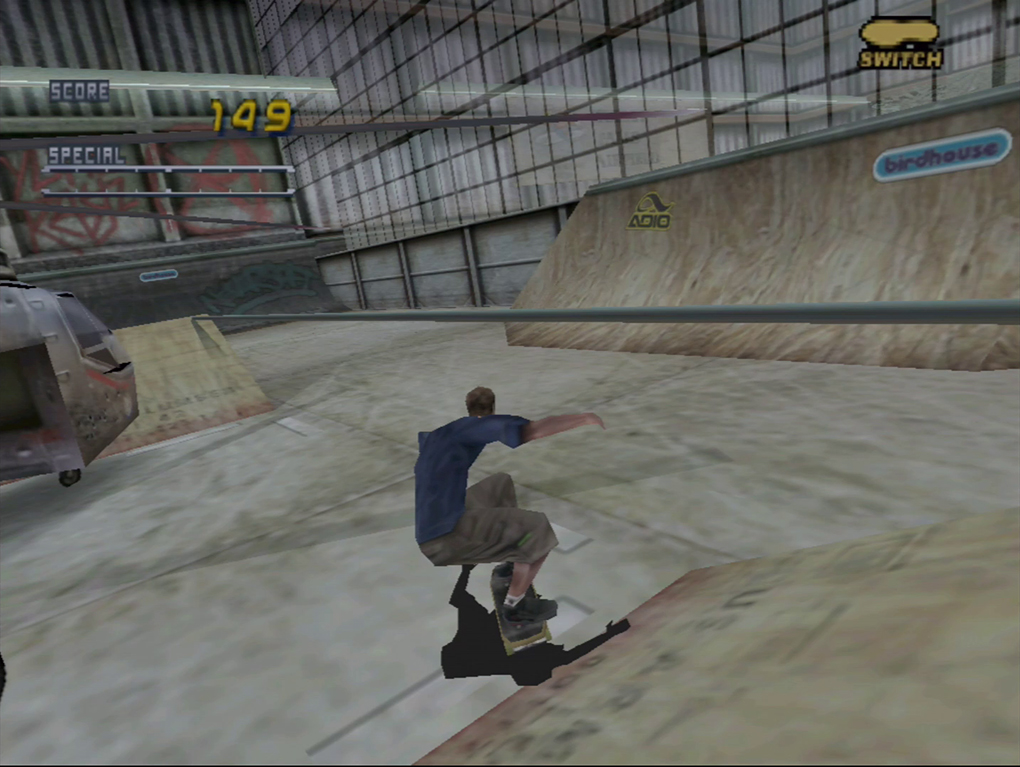
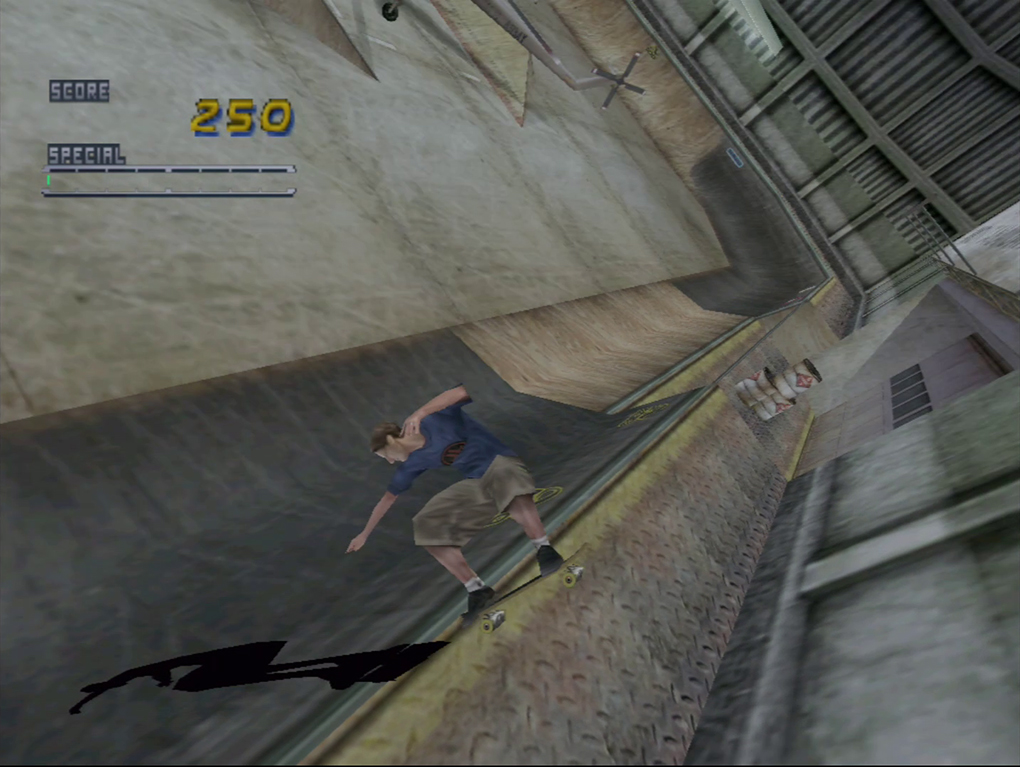
Tony Hawk 2 had no issues to run with full details on the Voodoo3
The last game I tried is Supreme Snowboarding (Boarder Zone in some regions, I think). Also this one took me a while at the beginning, but after some practice it’s completely addictive! Fantastic game, played for a long time back in 2000 and always happy to play it again.



Performance in 1024x768 required to lower the details to medium to make it playable in all tracks.
That’s it for the games, there would have been some more titles I used to play on this tystem but I had to stop here and renounce to include them in the project to avoid spending even more time before being able to wrap things up and complete it.
Anyway this are for sure the titles I played the most in late 1999 and in 2000. Then in 2001 I changed first the CPU and then also the video card, but this is another story…
A Small Tribute
To record some “life” of this system, I created this short video tribute with a brief overview of the build/components and some gameplay action.
All footage has been captured directly and can also be used to see how the games are running.
In games where is supported, like Quake III Areana and Re-Volt, I activated the fps counter (forgot to activate it in Unreal Tournament unfortunately)
I apologize with any professional video-maker who may end up watching this, it’s my best at the moment but I’m trying to get better!
Jumpers and Buttons
With this computer I also started to mess with system tweaking and overclock. I’m not sure how I started exactly, I had no internet yet, so I guess it was a mix of self-learning / discovery and information gathered from PC magazines. Anyway, although the Midi “Pro” Case I had was quite spacious, other than the little FAN on the CPU and the one in the Power Supply, there were no additional FANs in the system, so little to none airflow and not ideal for overclock but of course not enough stop me, also because I had no idea that temperature would have been an issue when I started playing with jumpers and BIOS settings…
I remember the CPU was able to run at 504MHz (112x4.5), 558MHz (124x4.5) and 600MHz (133x450), none of them completely stable.
For the first two I think that the issue was the AGP speed out of spec, which was not well accepted by the Voodoo3 and caused instability.
Regarding the 600MHz situation, I think that there the issue was either the temperature, voltage, or simply silicon limits; most probably all of them at some level.
The Voodoo3, which runs already toasty at stock (without proper ventilation), was able to reach the speeds of the 3500TV (more or less), but since it was very hot, I usually kept it at stock to avoid damages. Wise choice young me!
Benchmarks
I remember that I used to test overclock performance improvements with Quake III Arena and 3DMark 2000. With this project, instead of overclocking the CPU and VGA I decided to run these benchmarks at stock in order to get a baseline for future projects.
Quake III archived 38.8fps in ‘demo four’ and in 3DMark 2000 the system scored 2325 points.
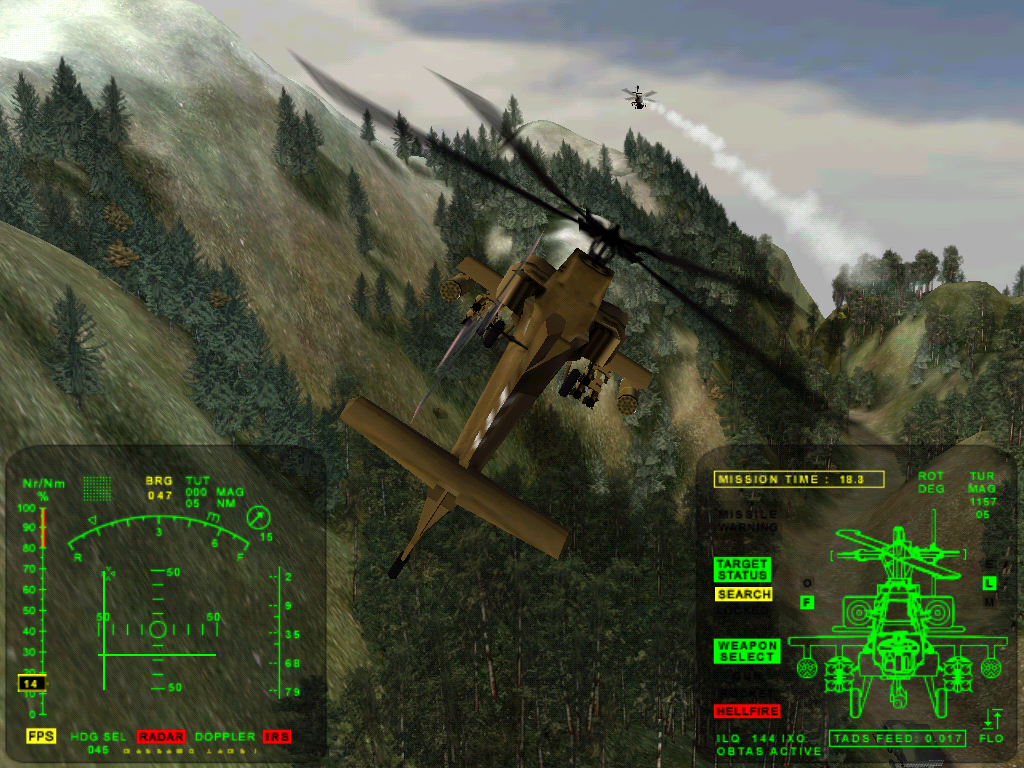
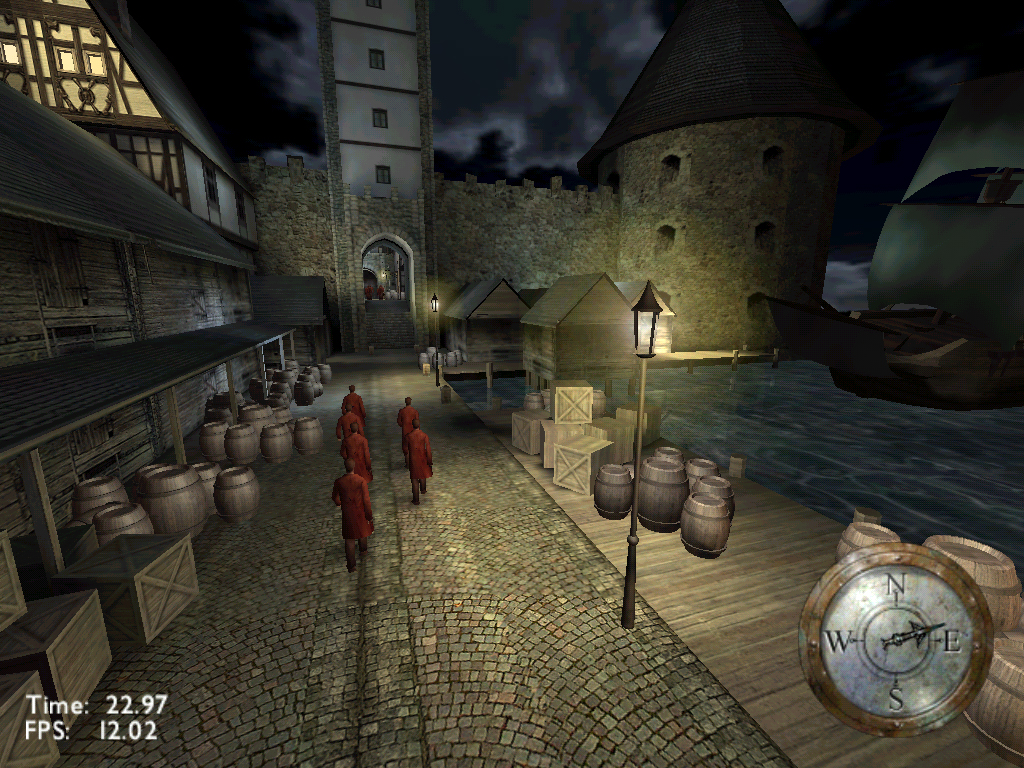
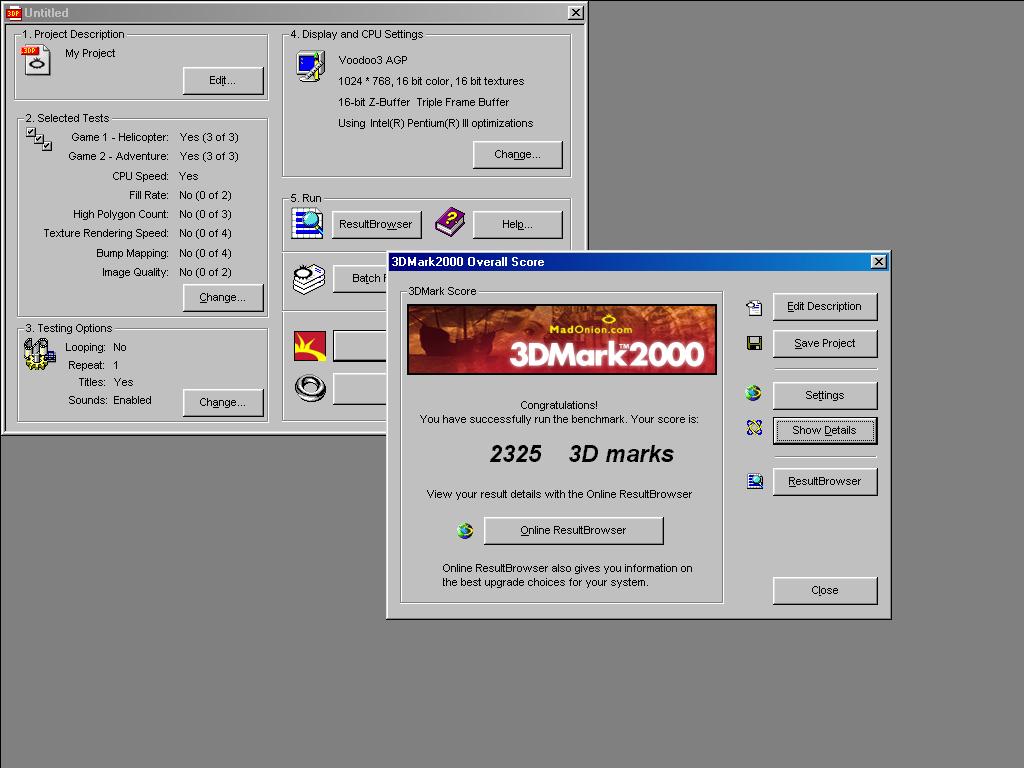
The End
And that’s it for this first project!
Rebuilding this system and playing all this games on it was a lot of fun and evoked old memories and emotions for me. I really hope it was an ejoyable reading for you! Please note that English is not my native language and I apologize for anything wrong or misleading I may have written.
I already have in my mind many future projects and at least a couple to follow up this one (test how the system improved when I changed CPU and video card back then etc.), so if you like stay tuned for those!
